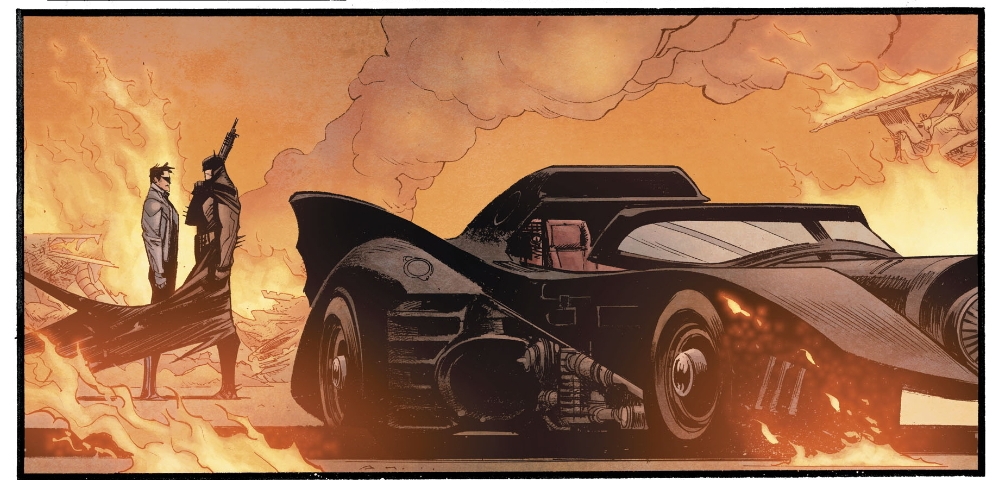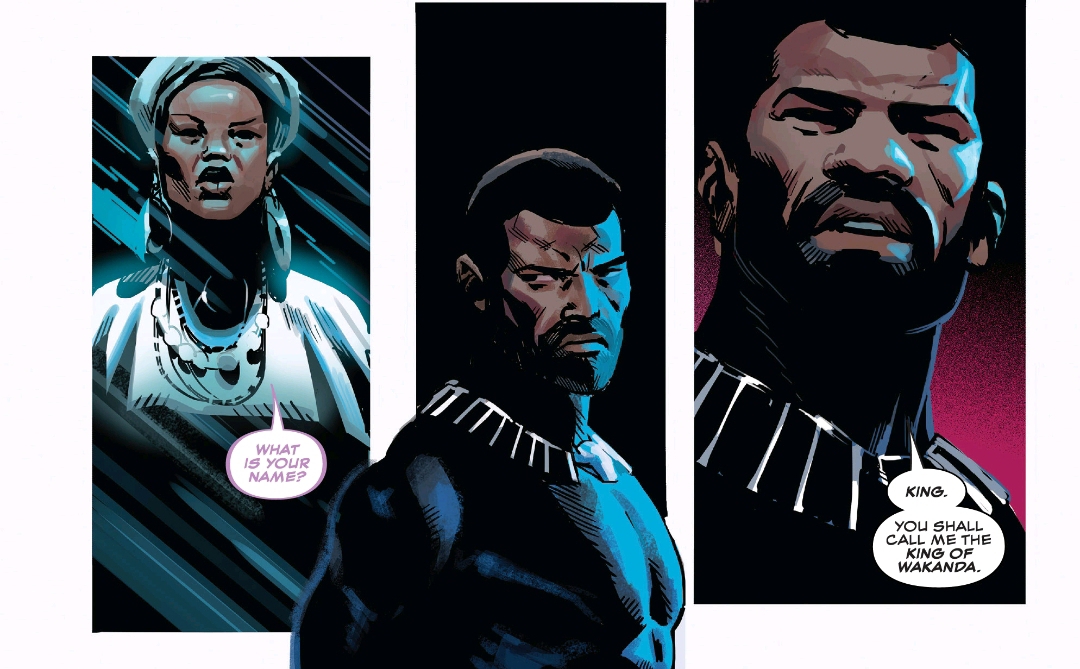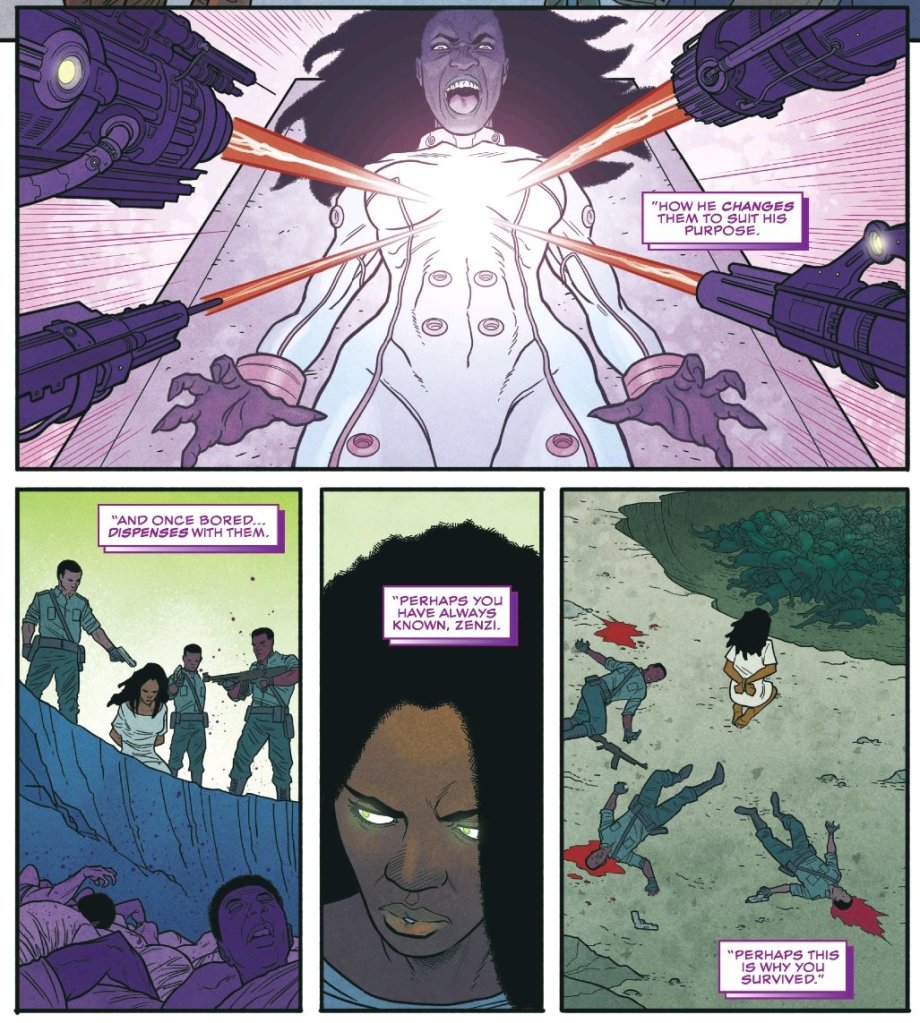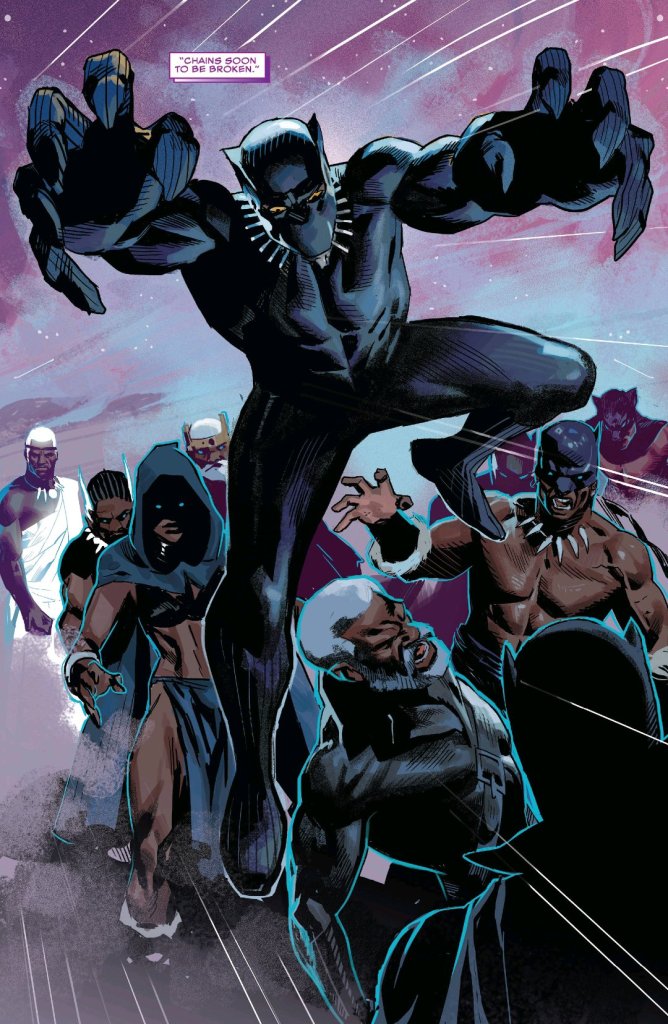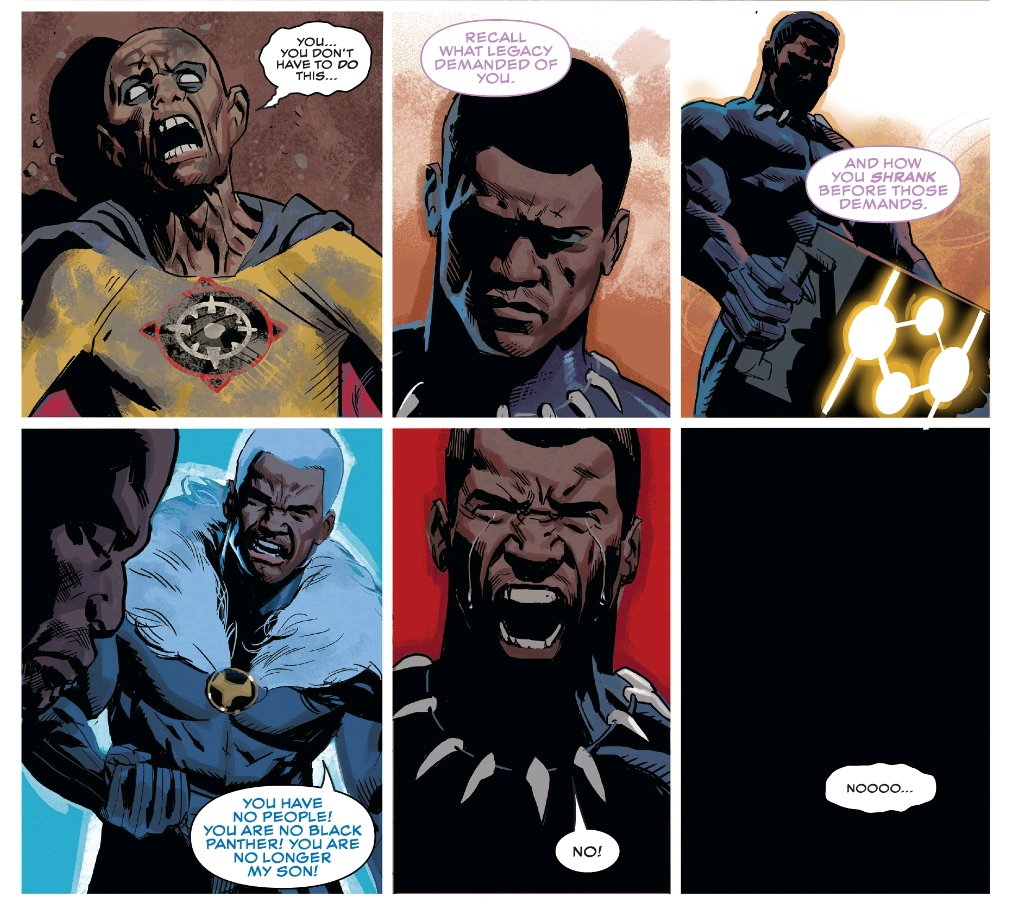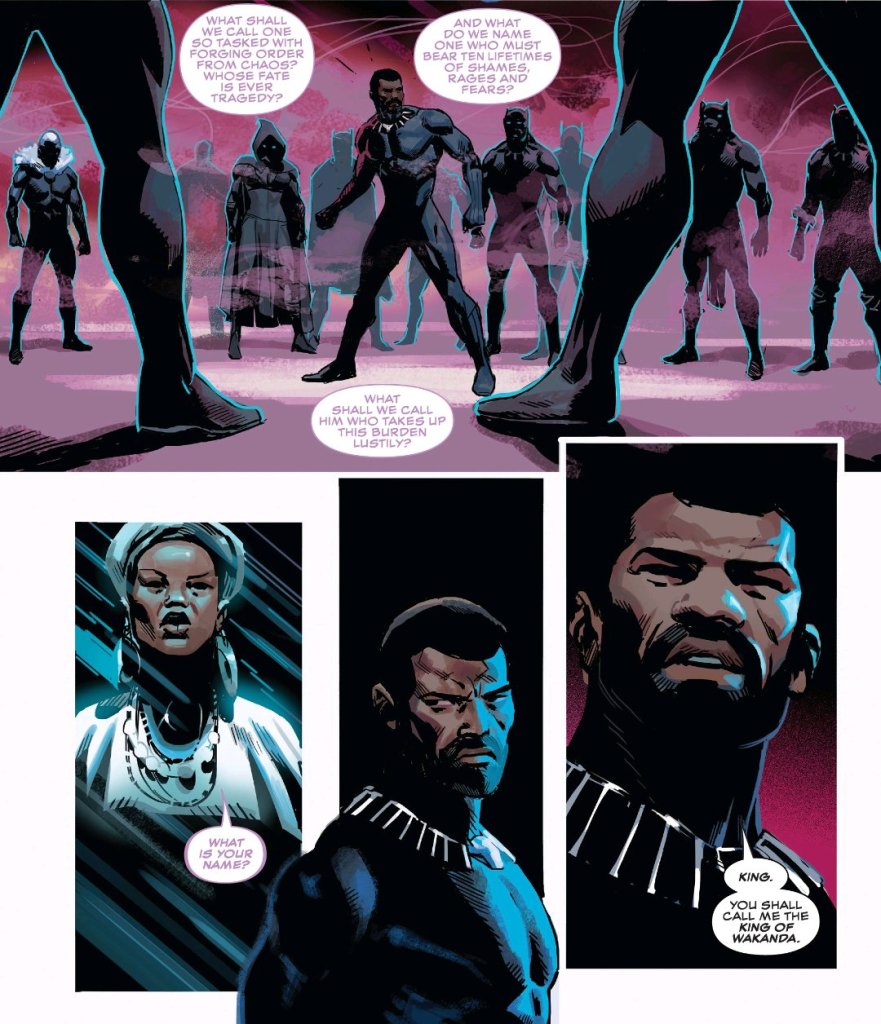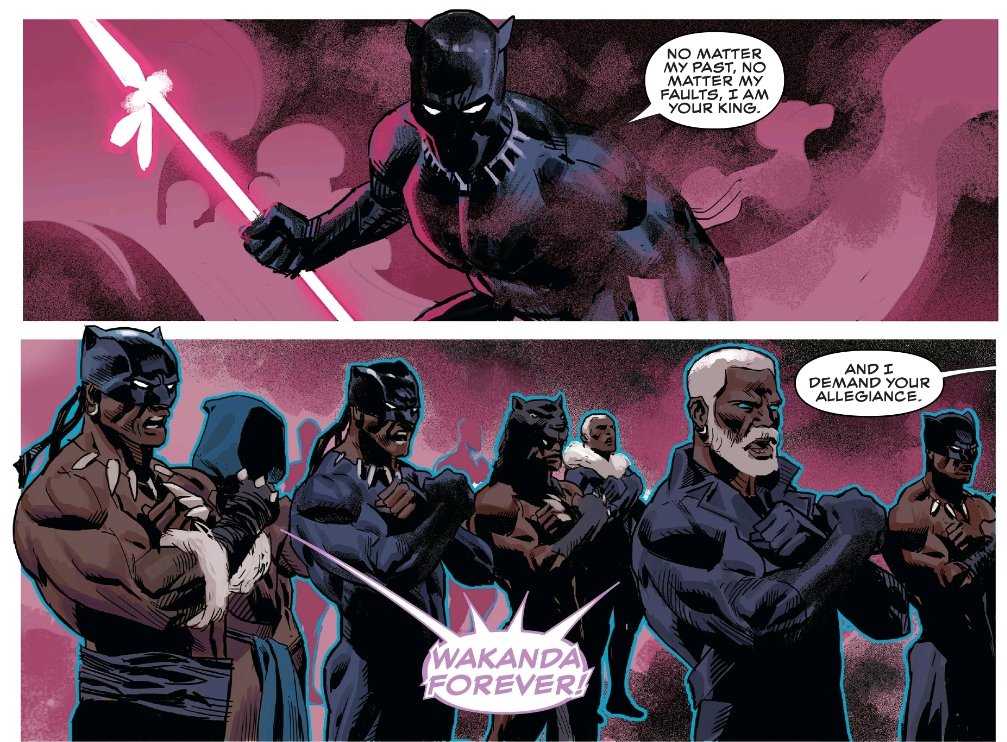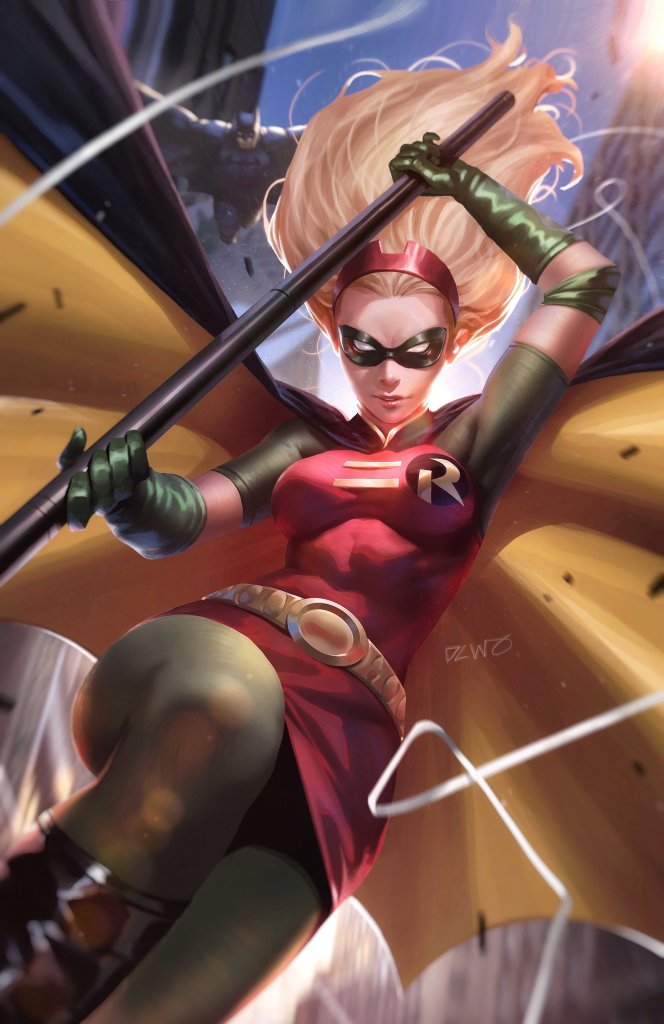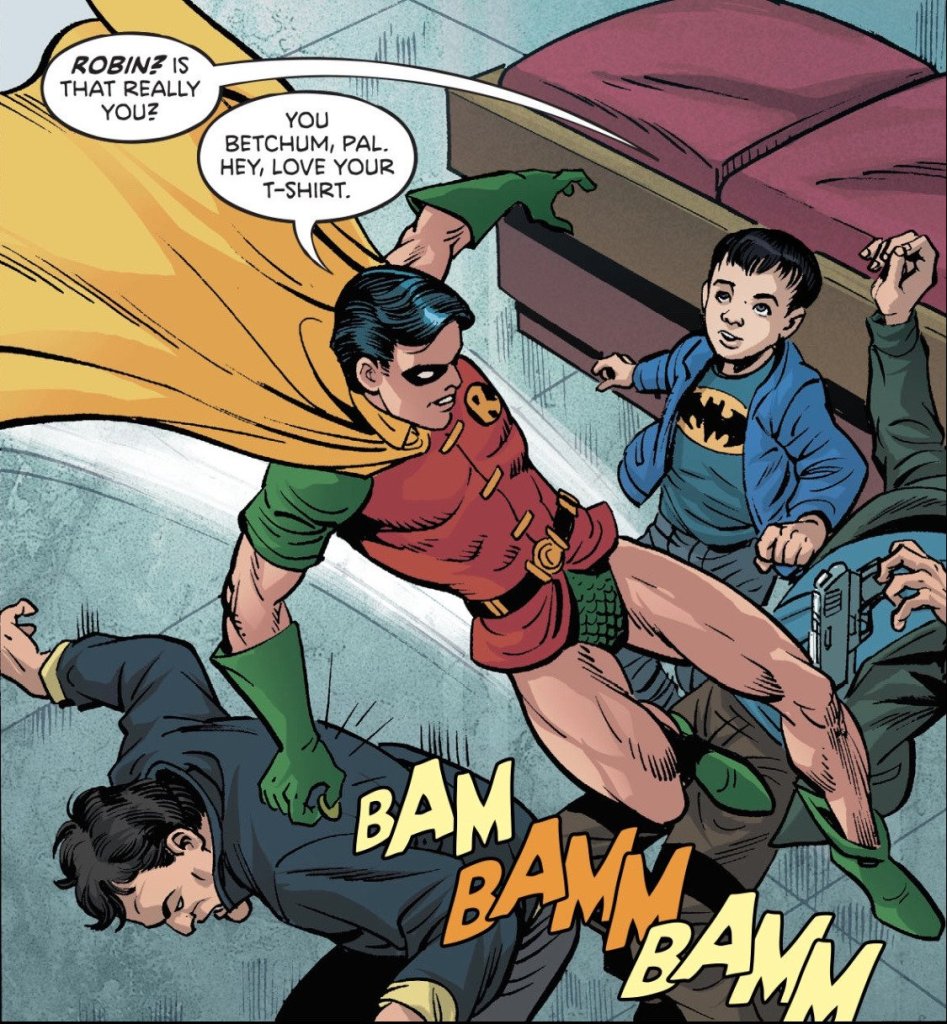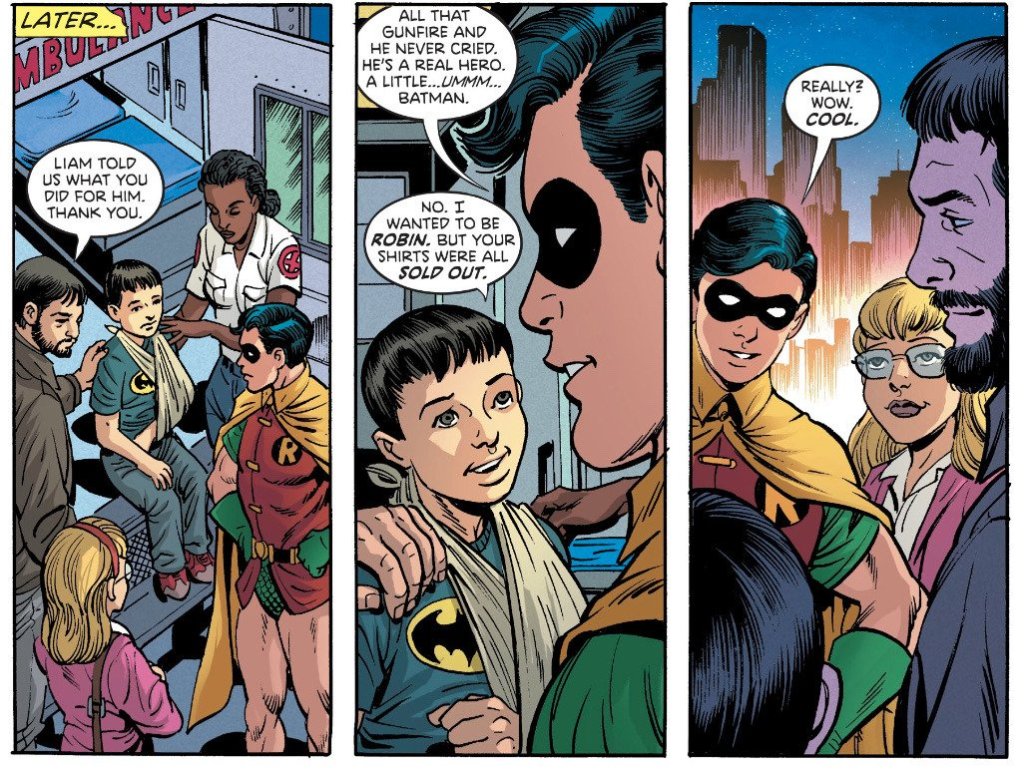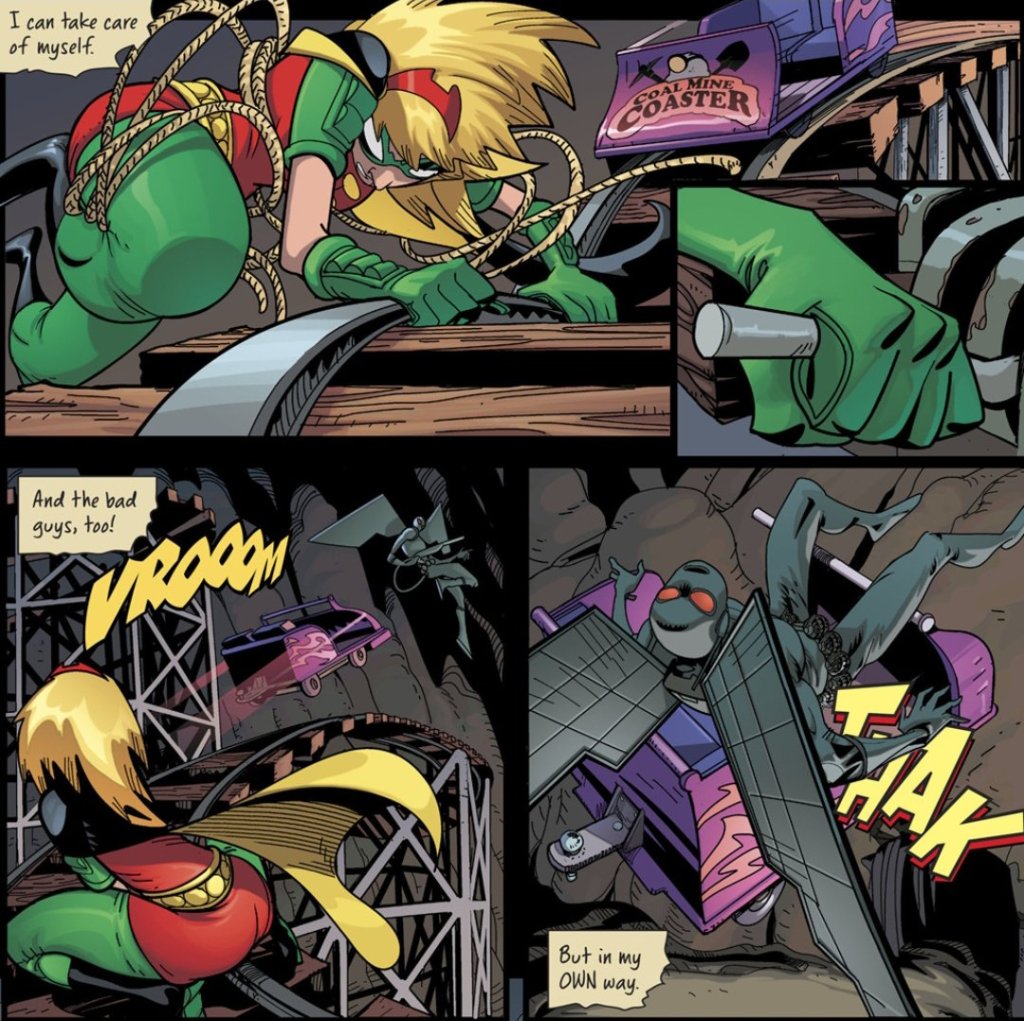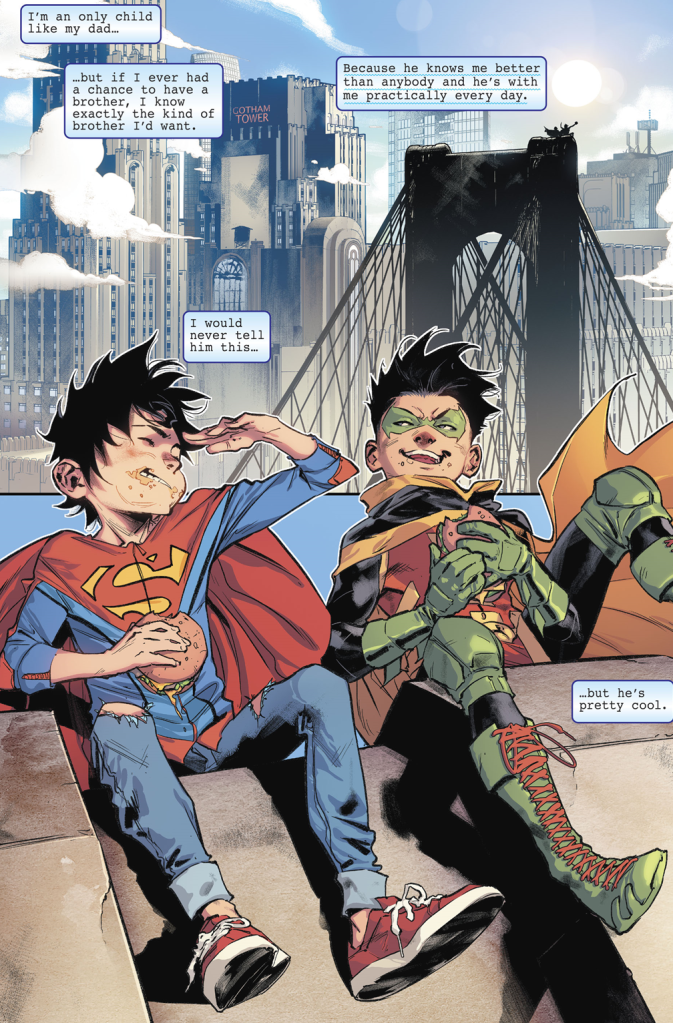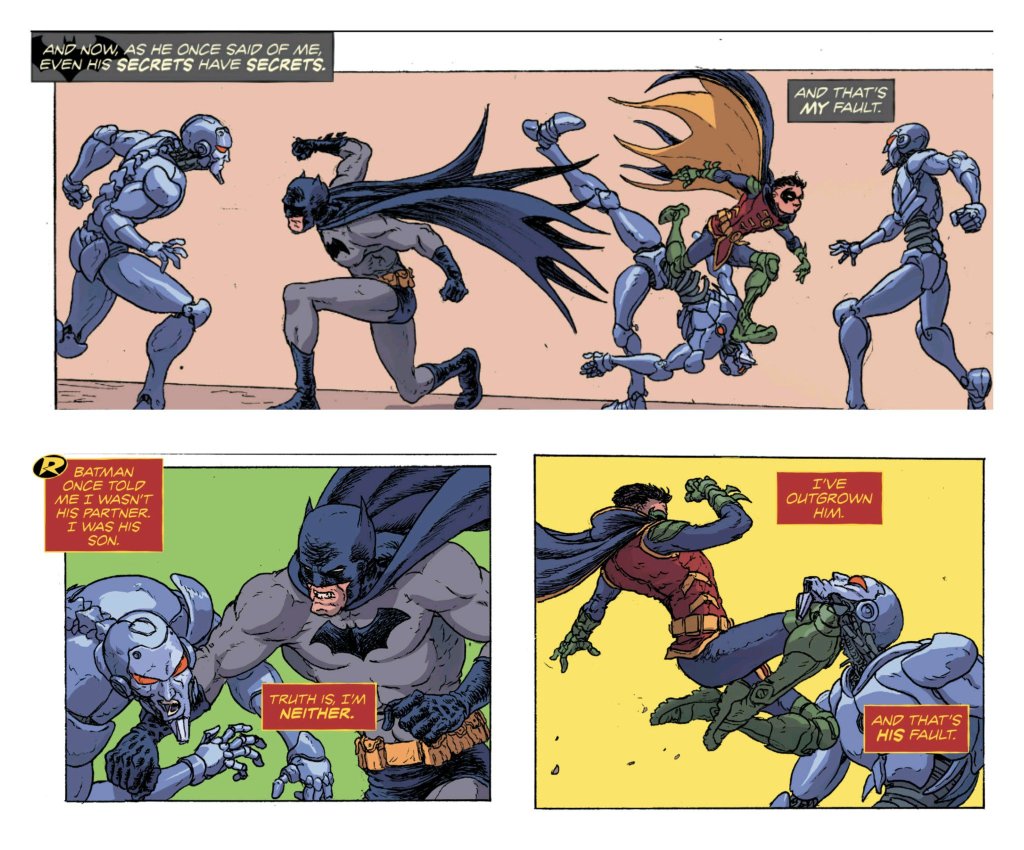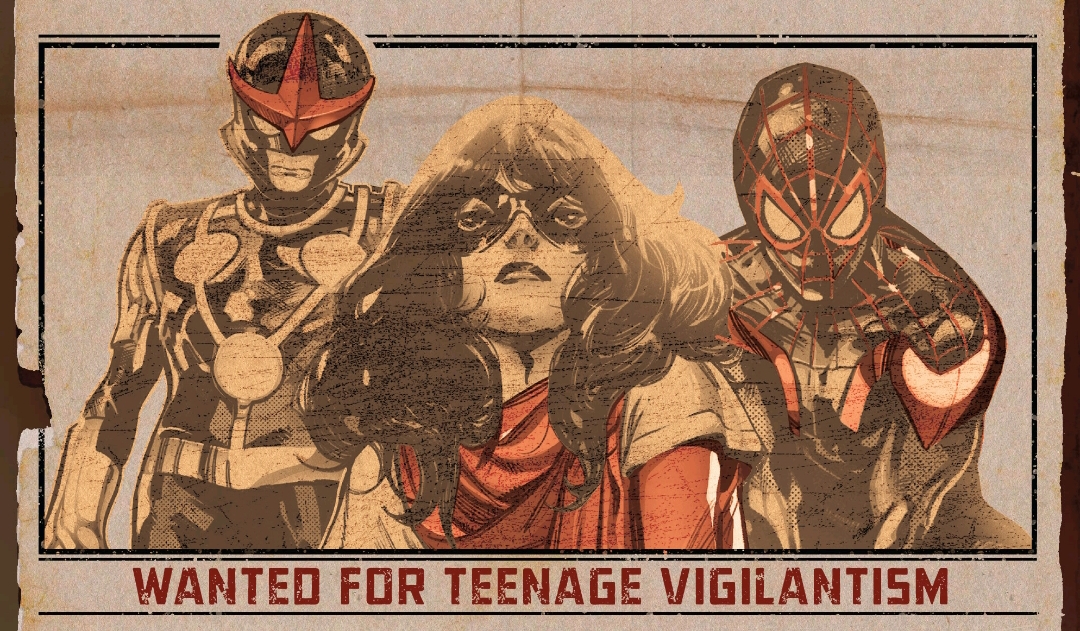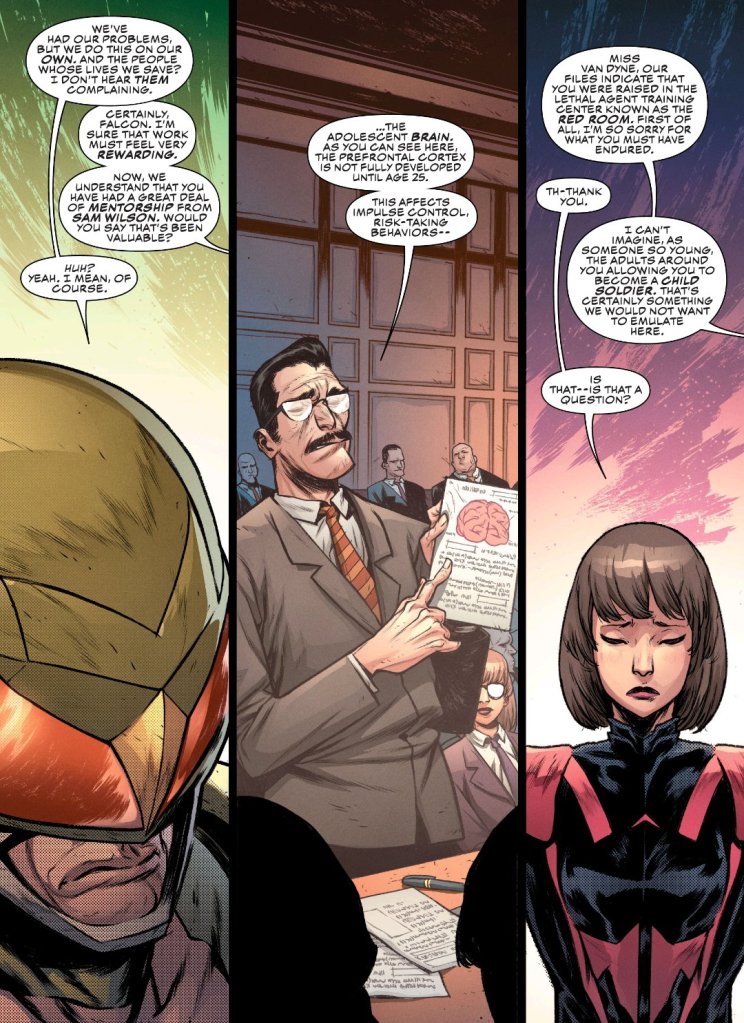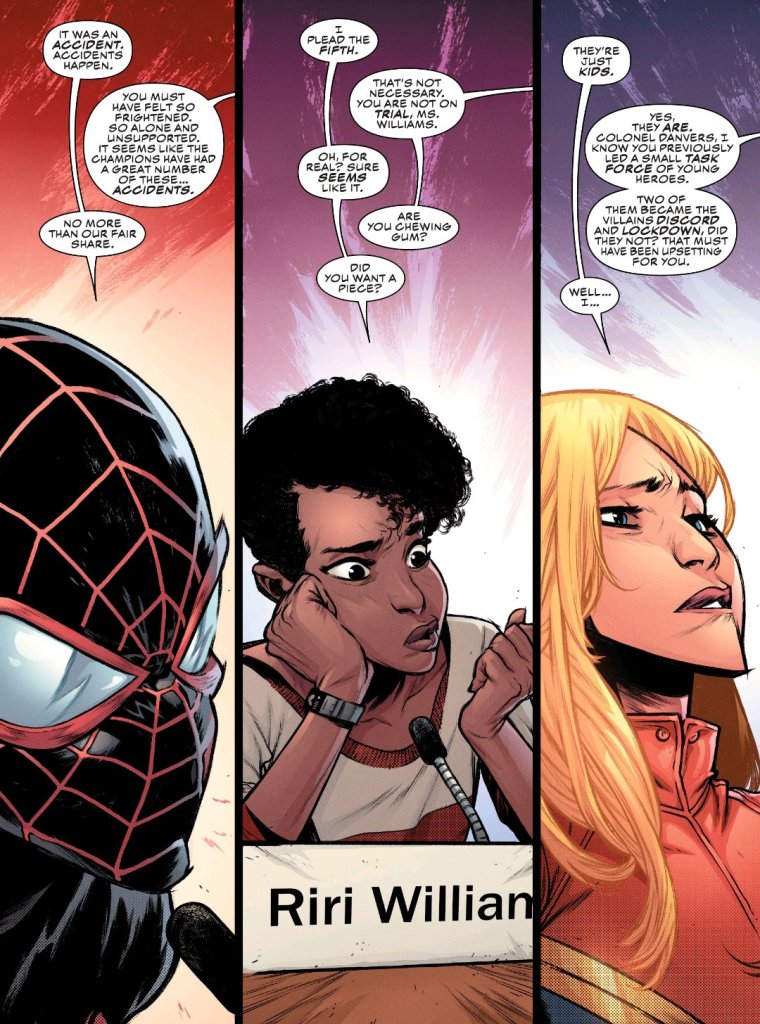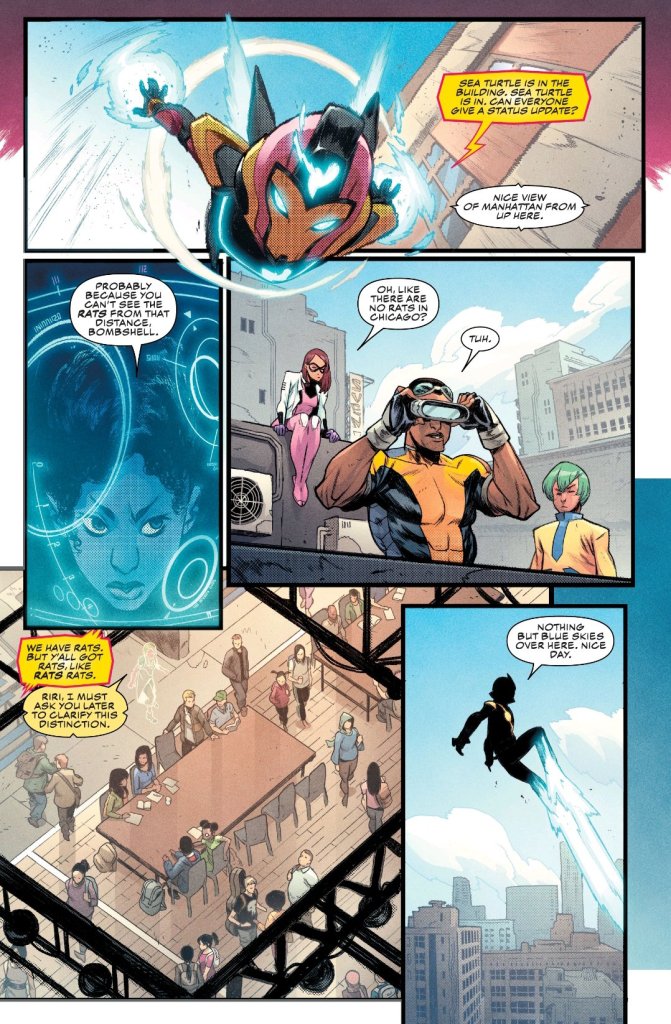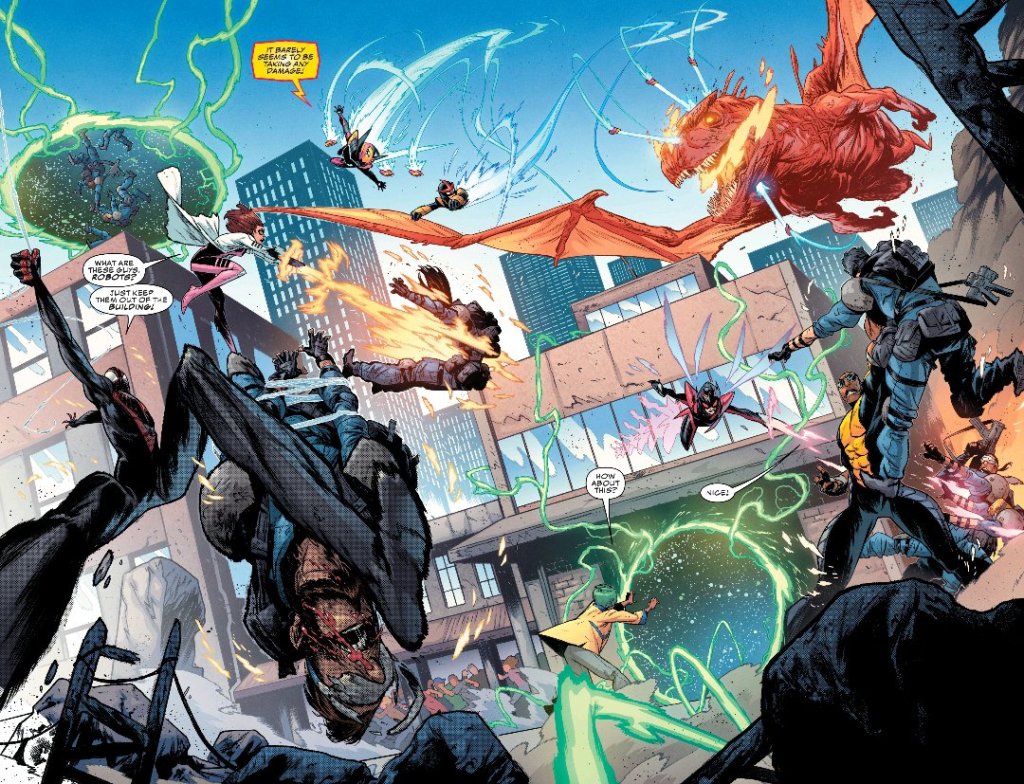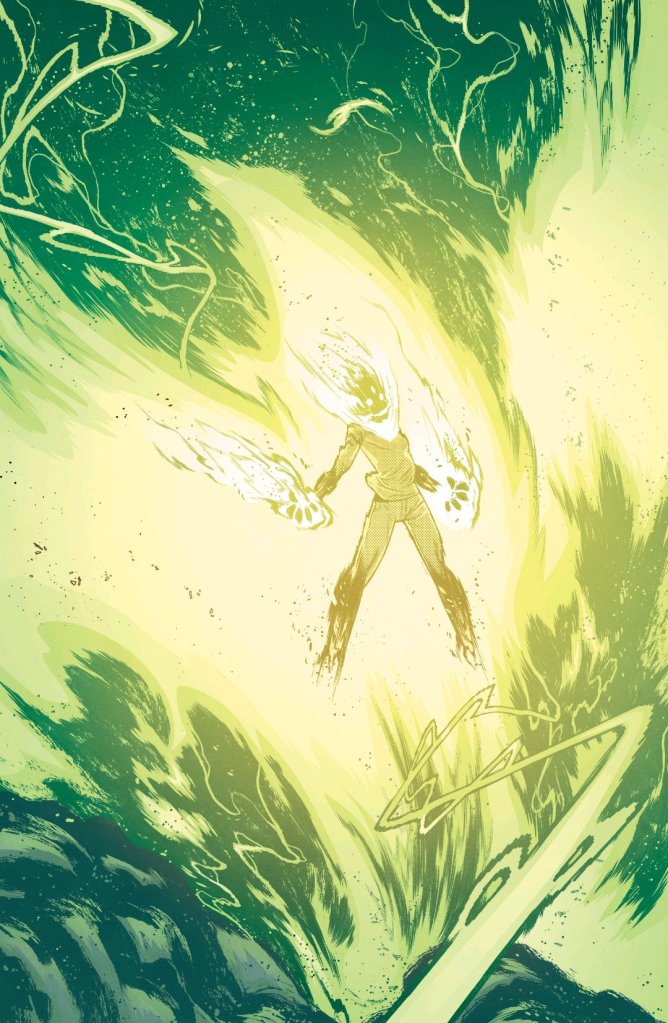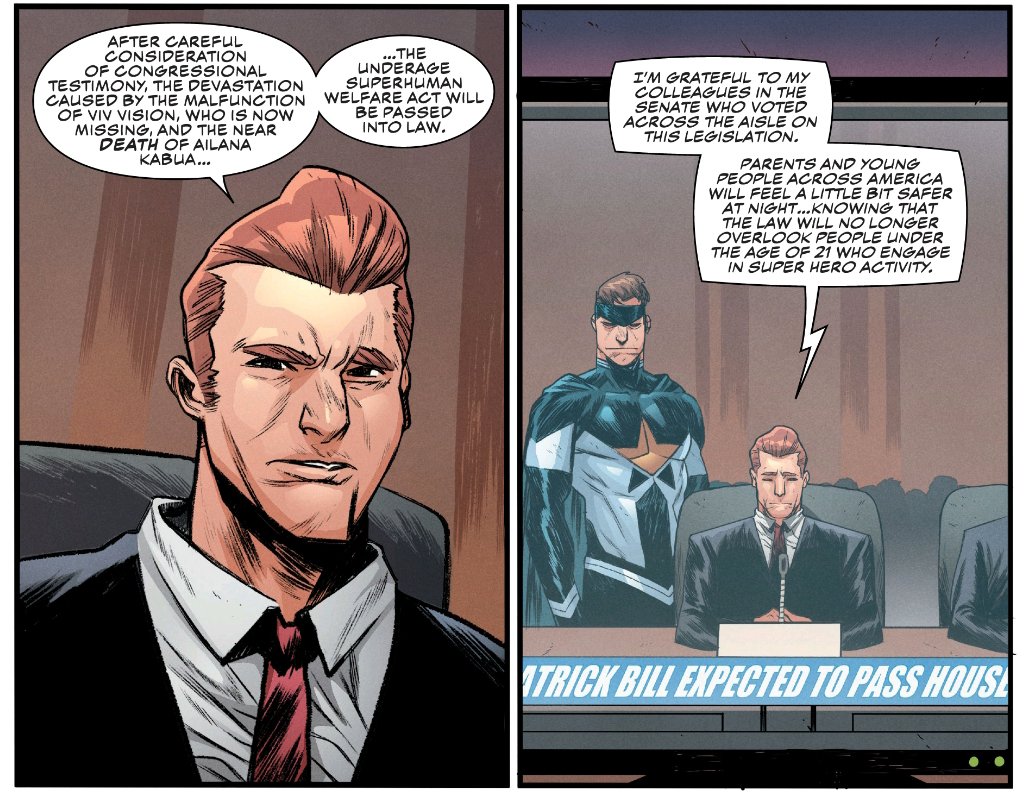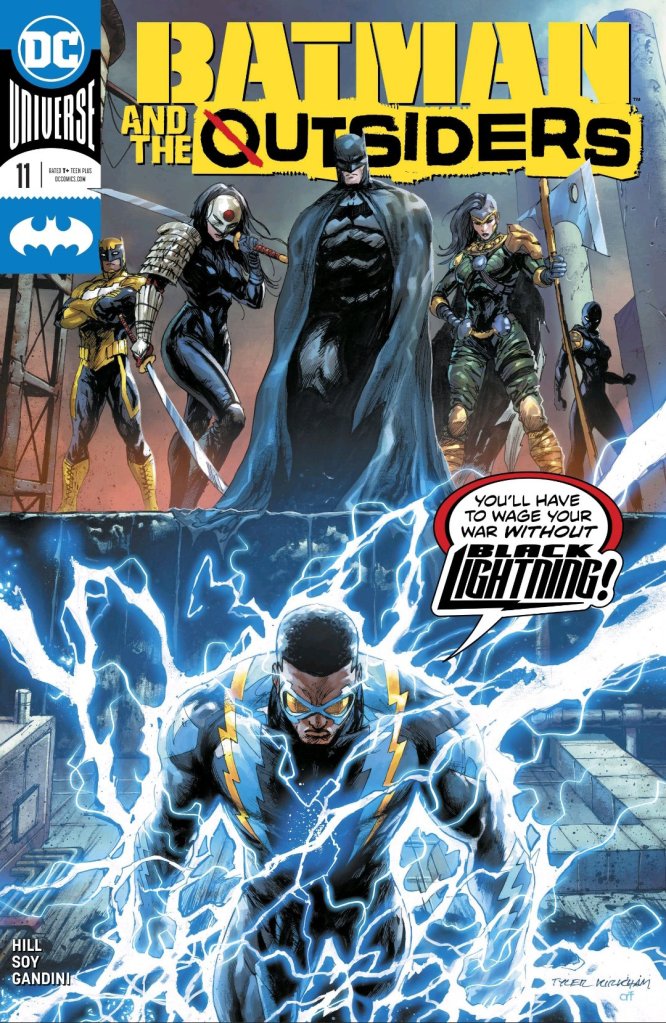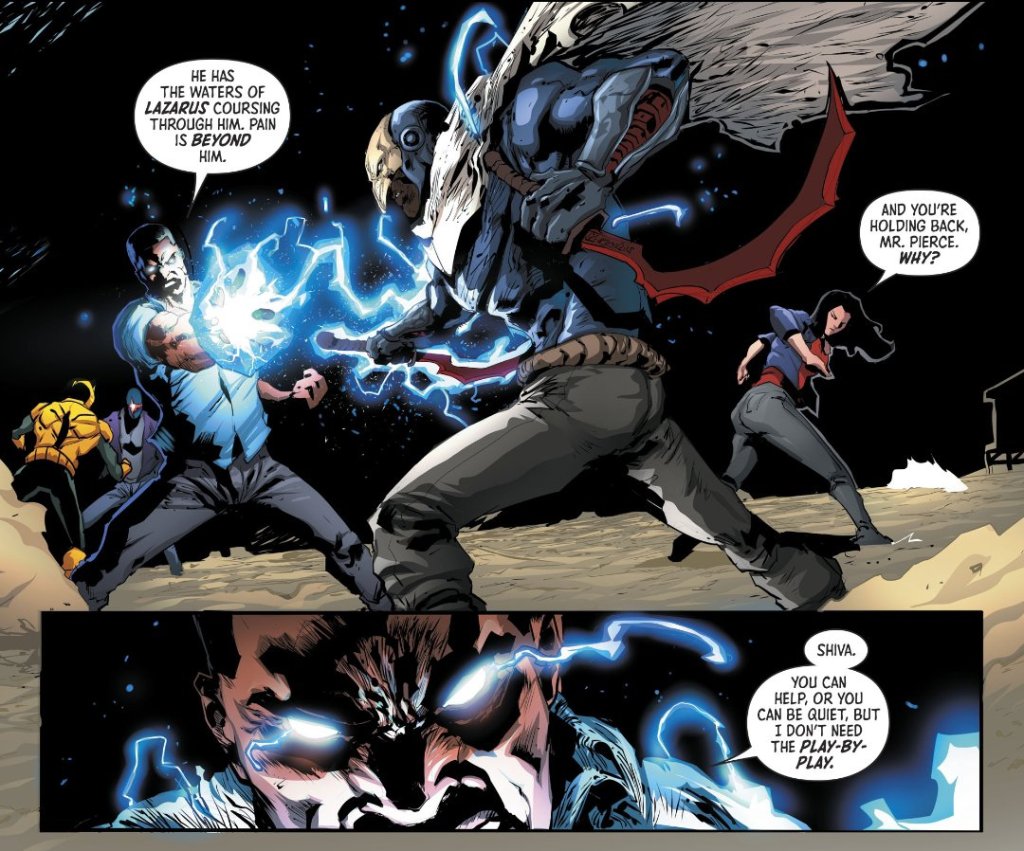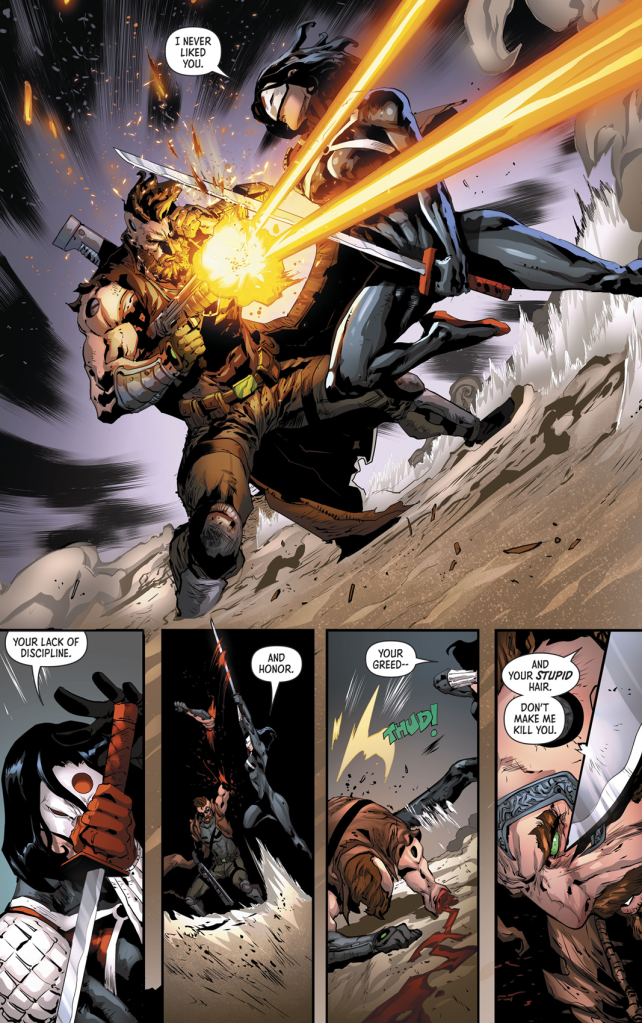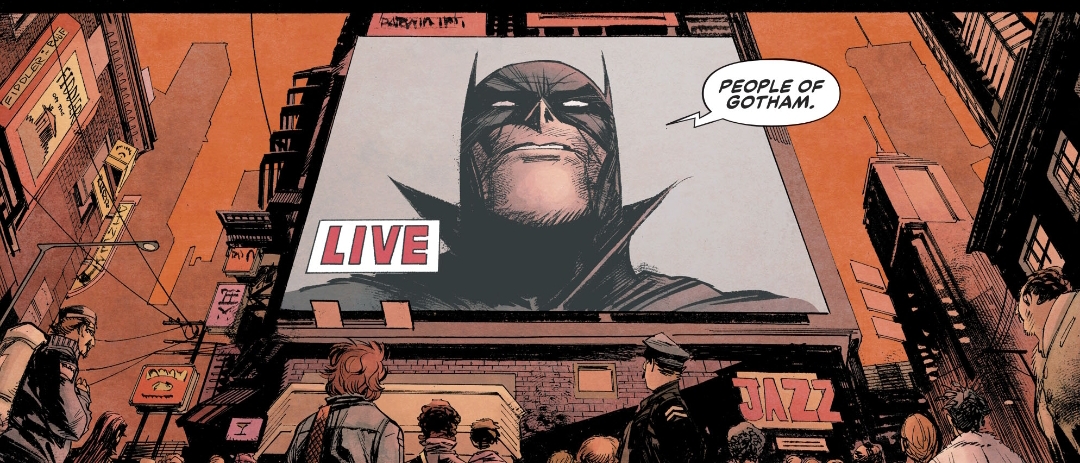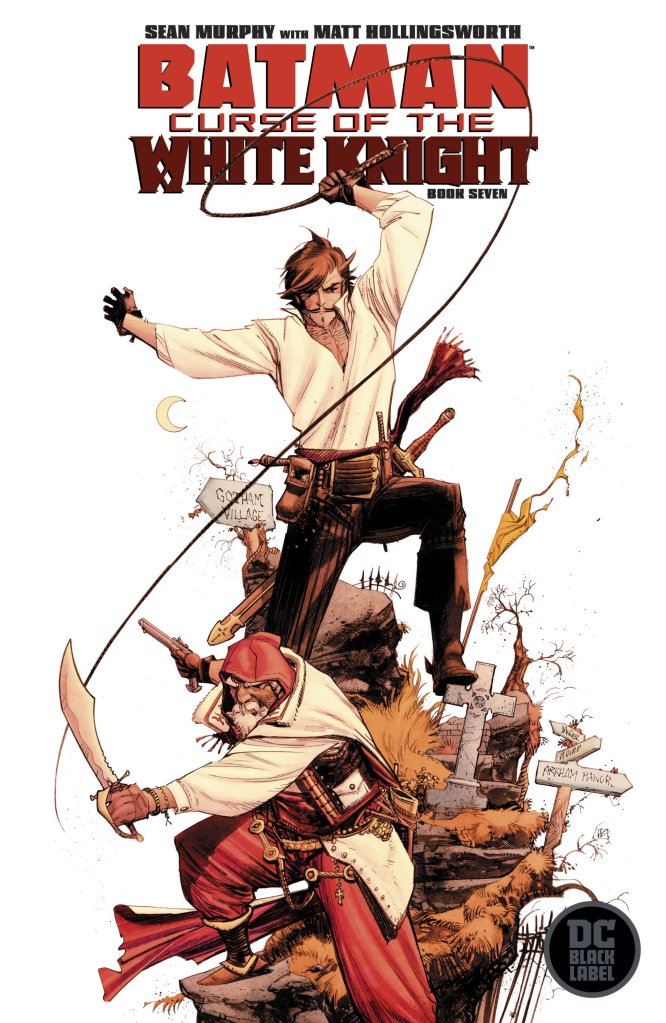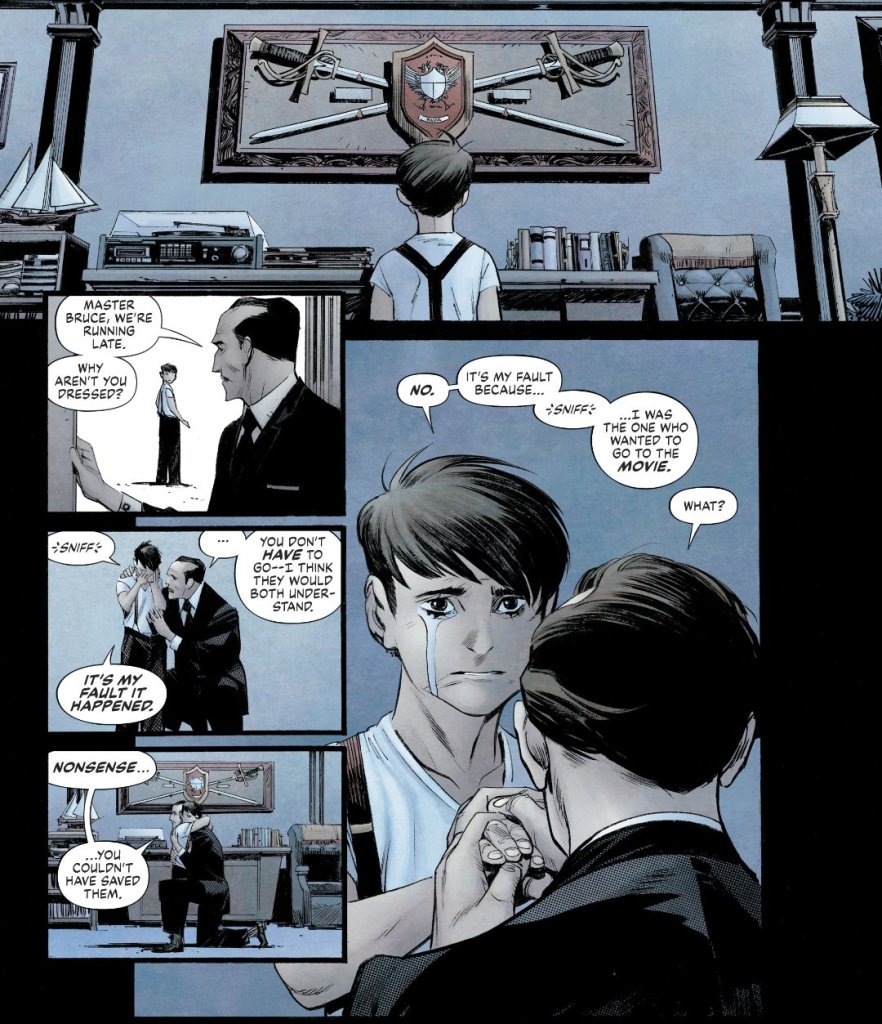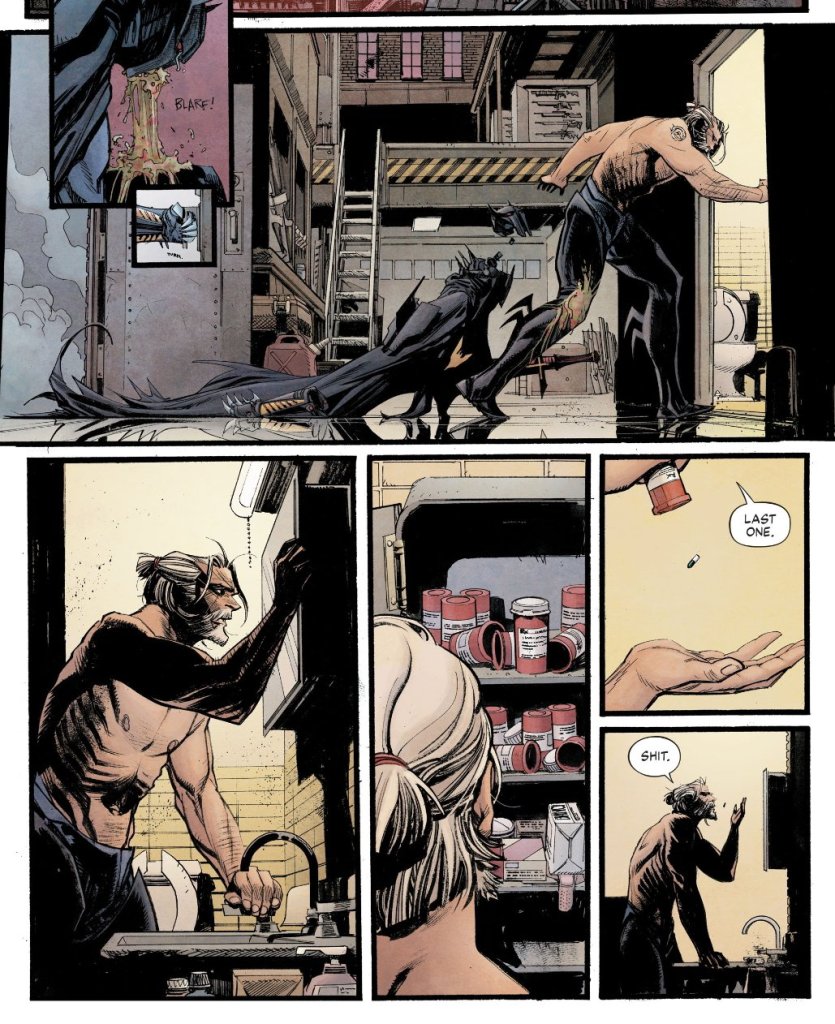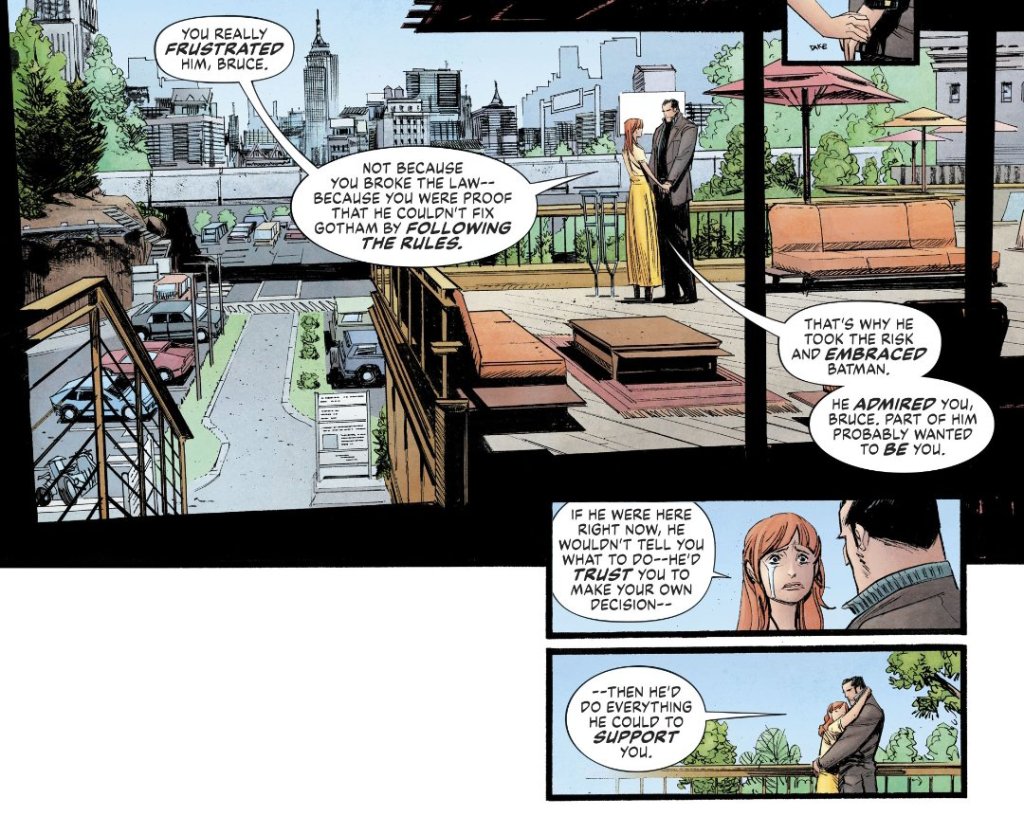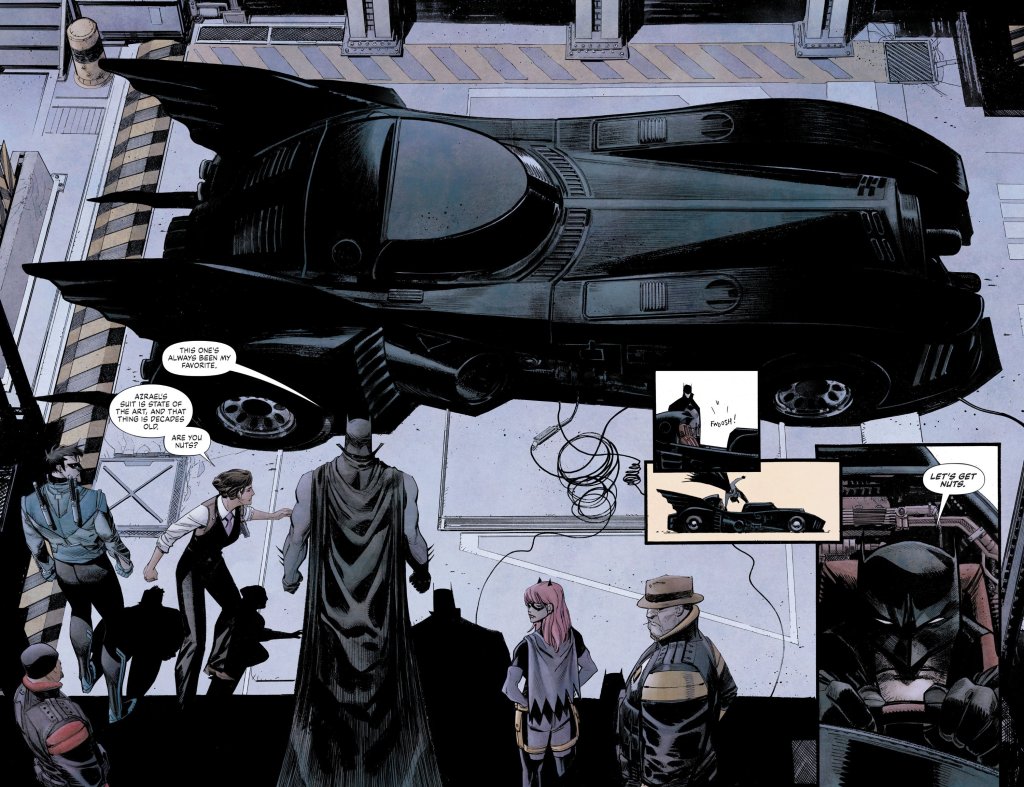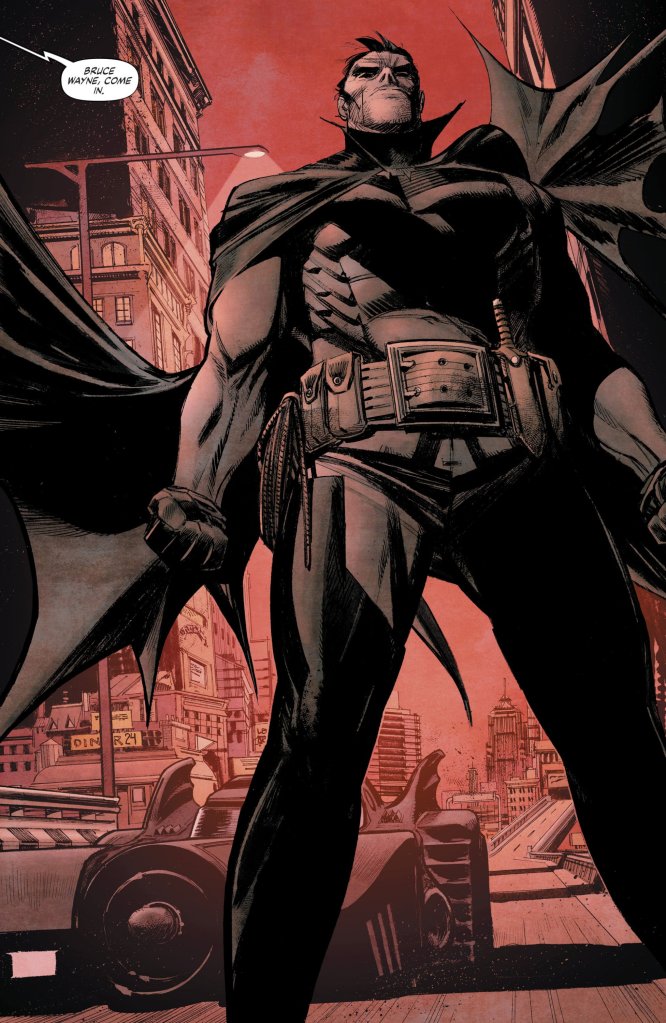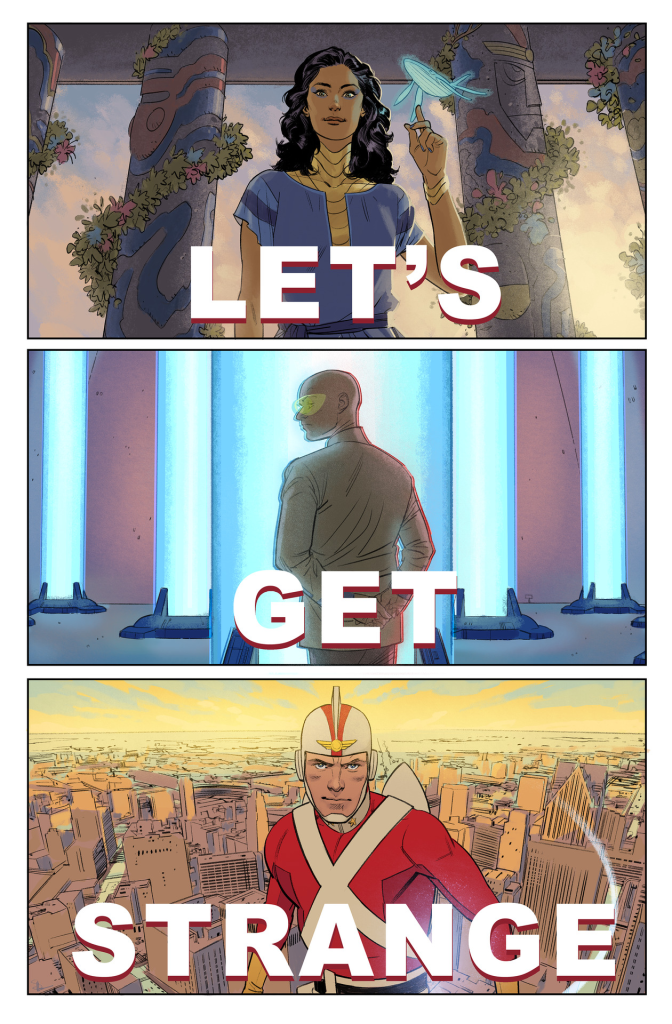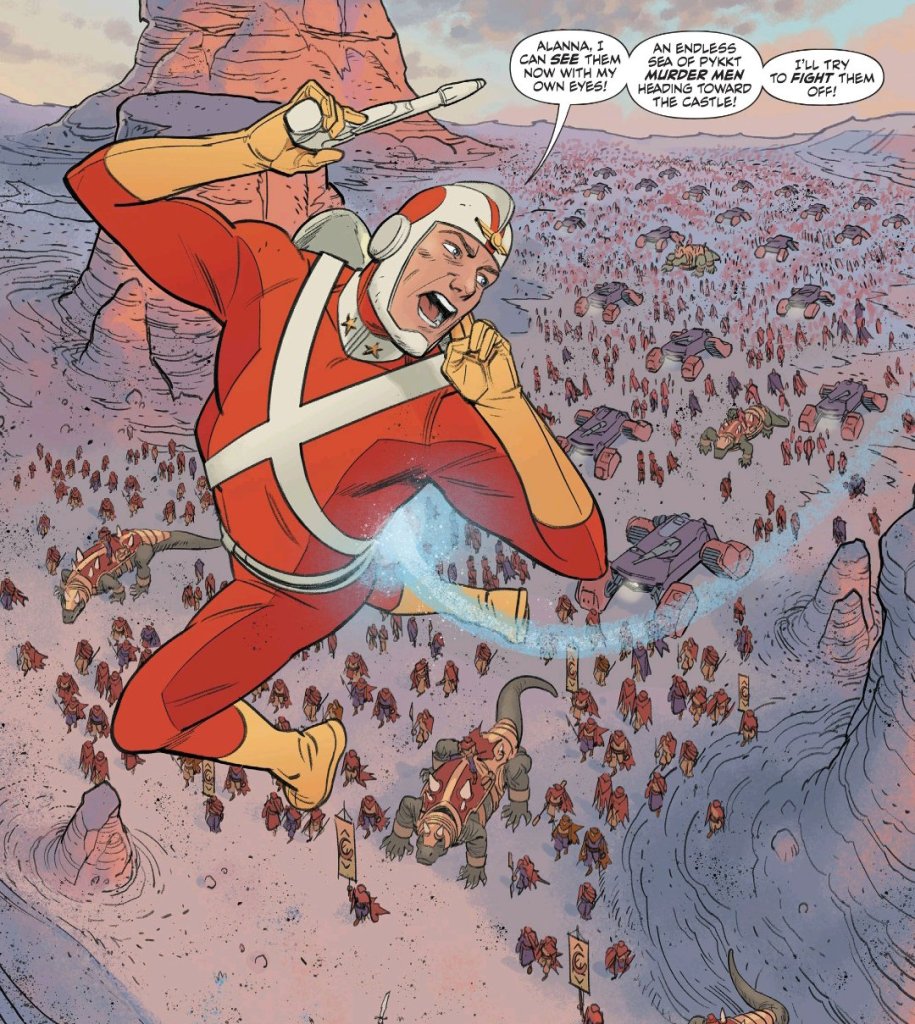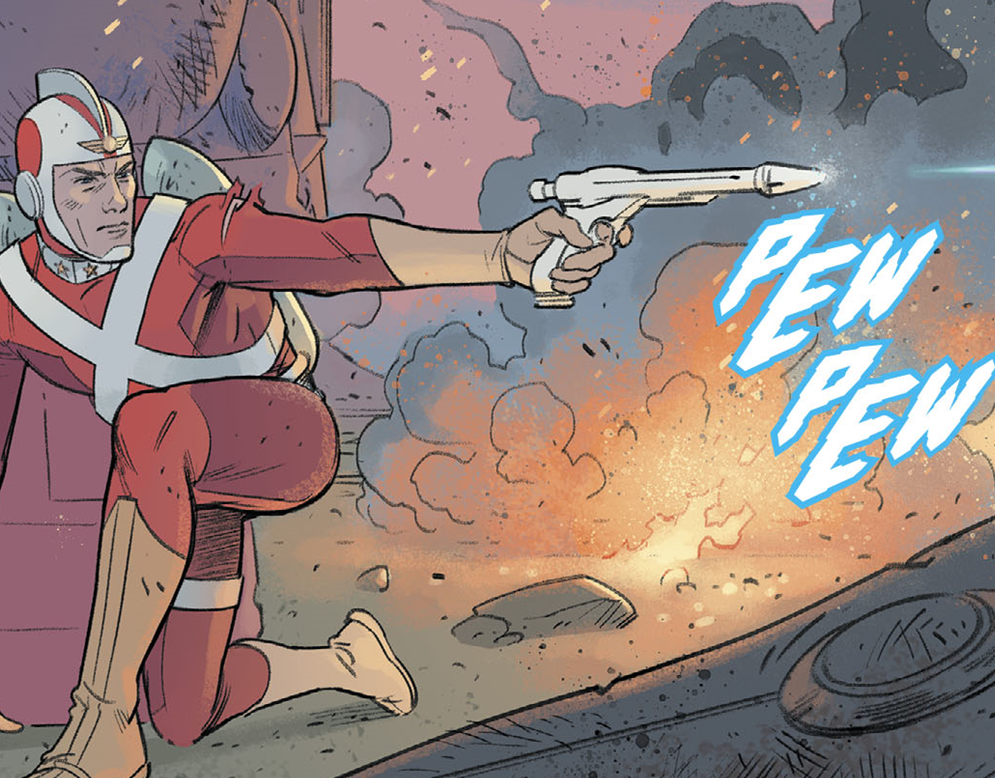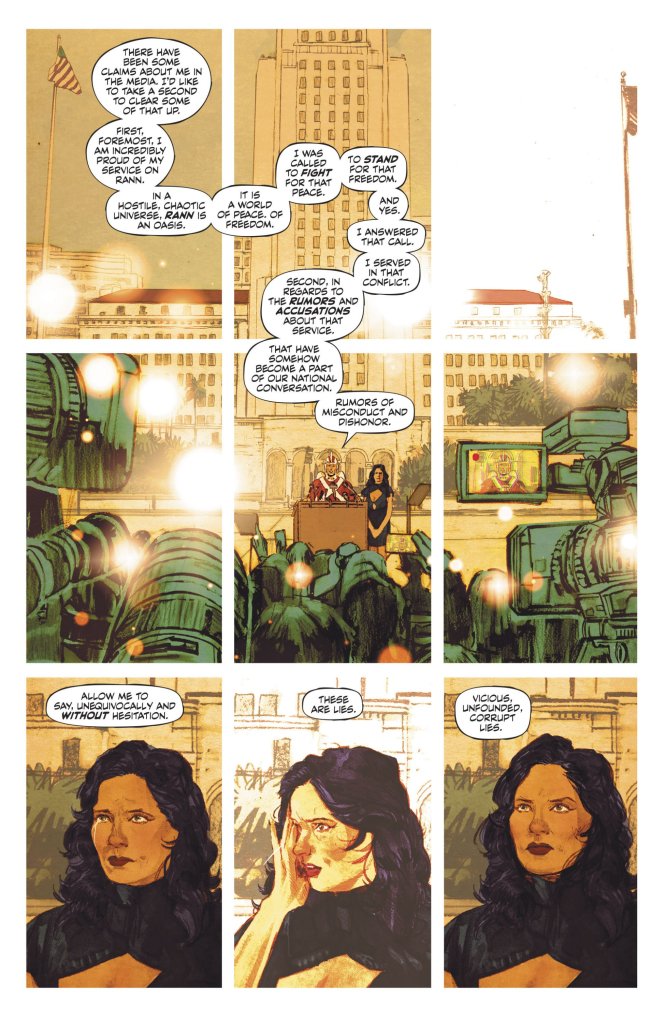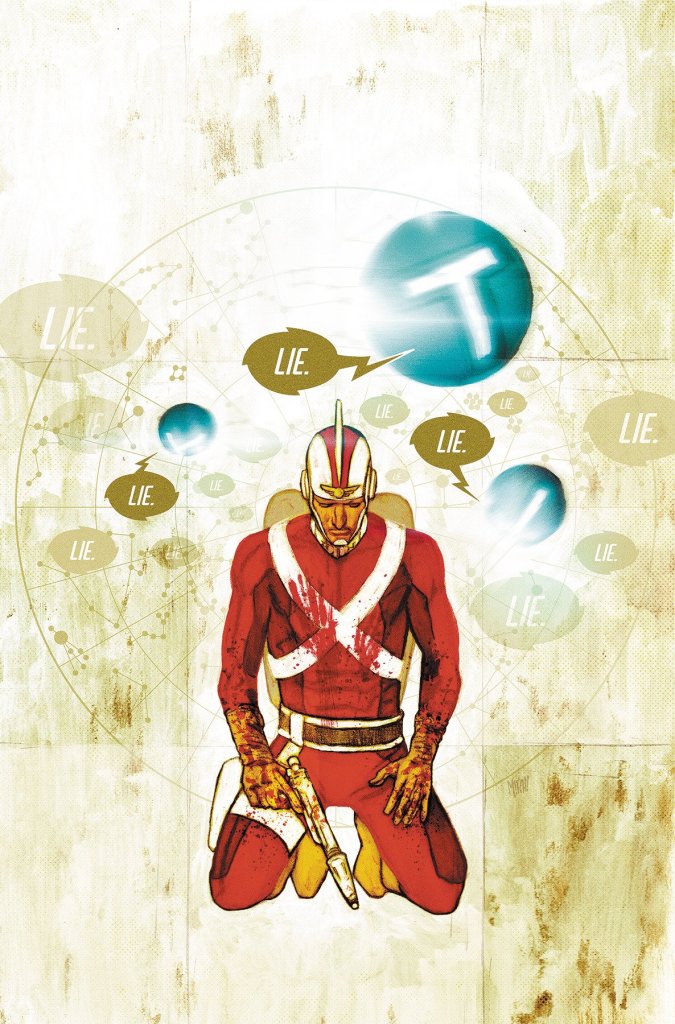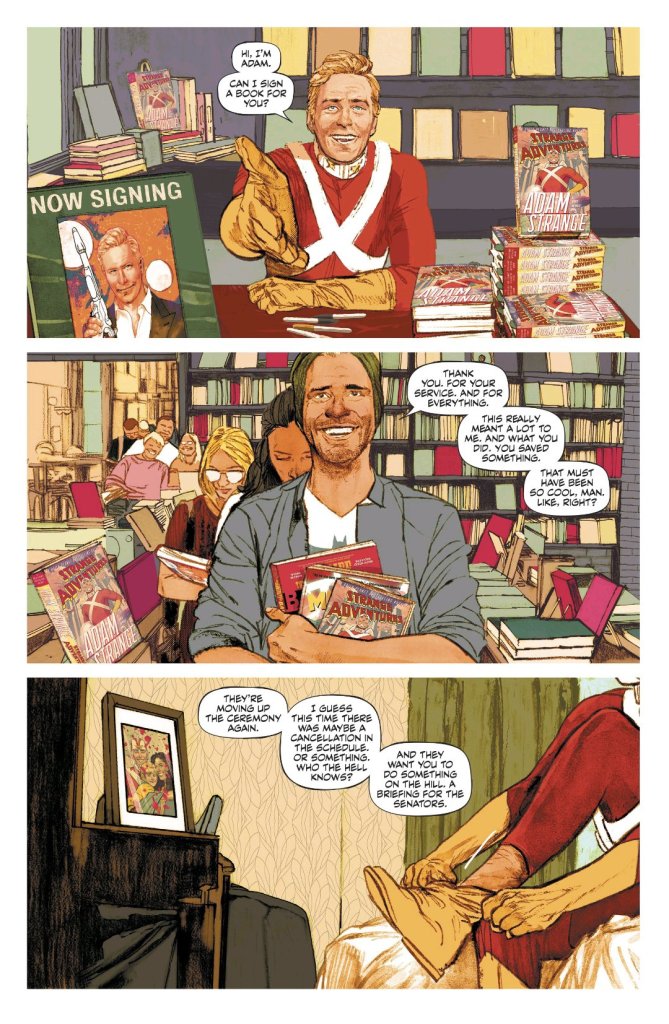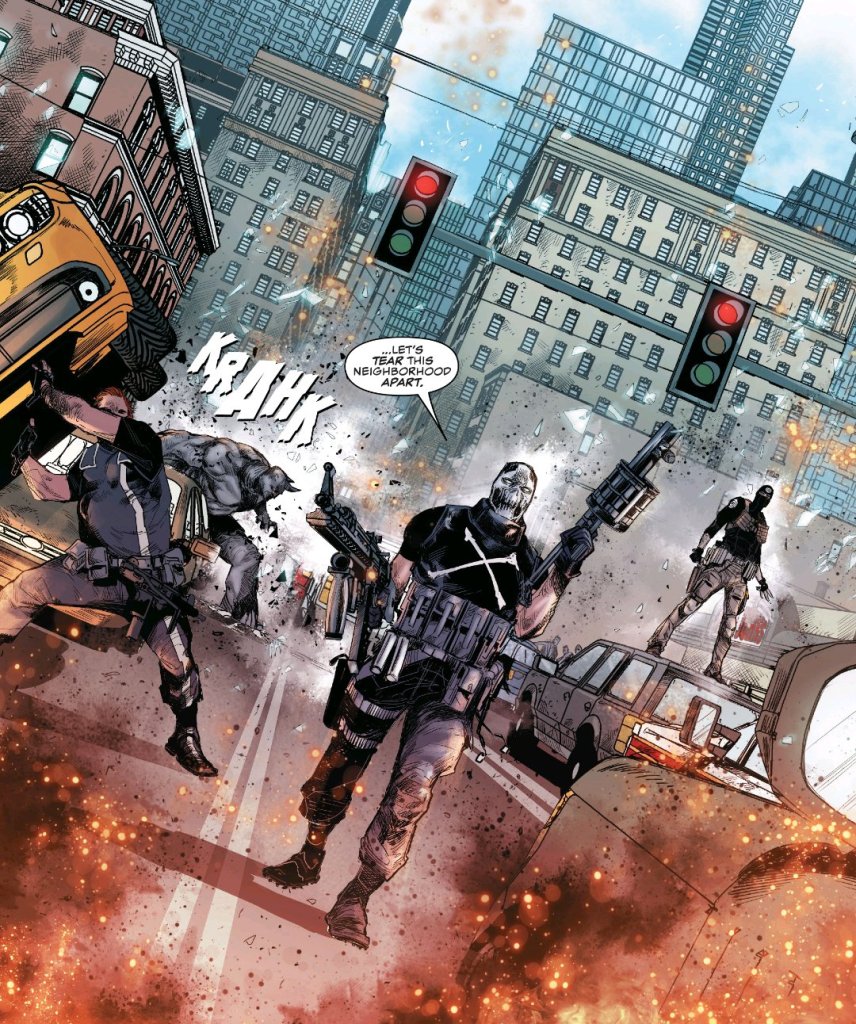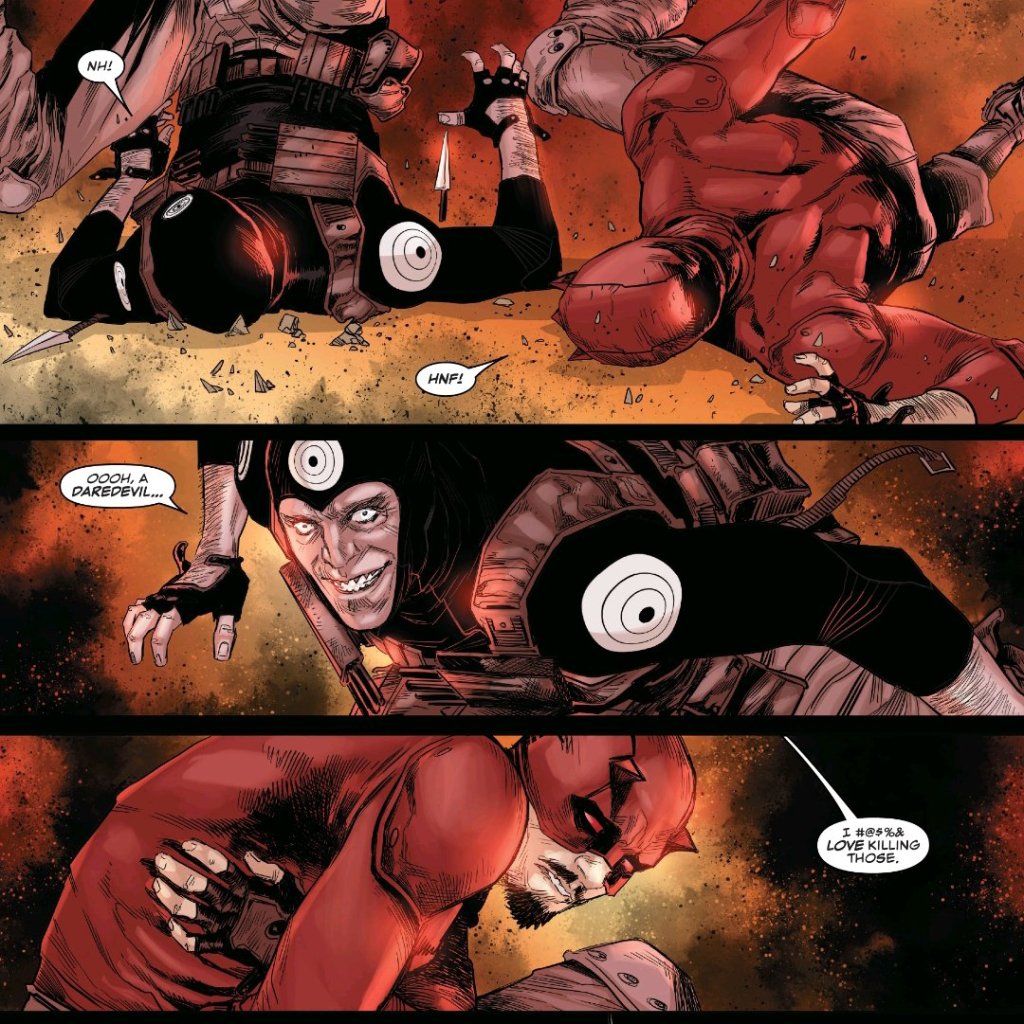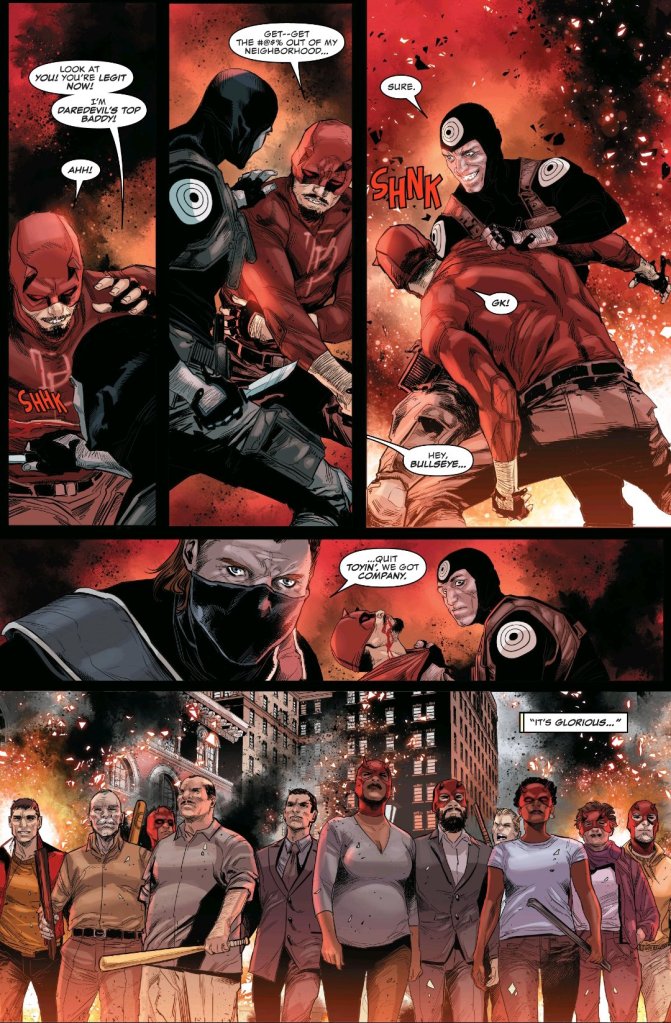Best of this Week: Batman: Curse of the White Knight Book Eight – Sean Murphy, Matt Hollingsworth and AndWorld Design
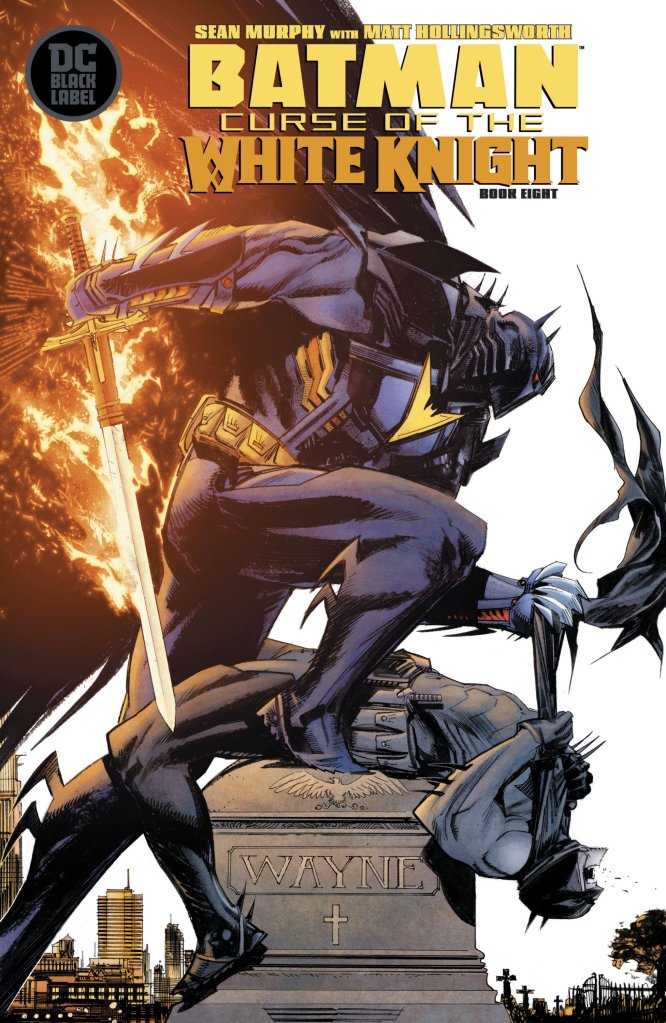
And here we are at the end of the road.
The original Batman: White Knight gave us a tale of a hero who refused to see the error of his ways – a man that would lie to his friends and destroy his treasured city as long as villains received the justice that they deserved, but he never saw that he was becoming one of them. Enter Jack Napier, the former Joker, cured of the madness that led him down the path of costumed villainy for a time. He became a symbol for the change that Batman refused by offering to rebuild the broken down parts of Gotham and stopping Batman once and for all.
Unfortunately for Napier, he couldn’t keep the Joker at bay long enough to see his dream Gotham come to fruition, but he did manage to inspire, not only the people of Gotham and its police force, but Batman himself. Of course, not everything could remain peaceful. Soon after all of that happened, Azrael and the Order of St. Dumas cropped up to cause trouble and save Gotham from its false protector: Batman. Azrael serves as the logical conclusion to what Batman’s war on crime could have been.

After several issues of cat and mouse, Batman is finally on the trail of Azrael with the Gotham Terrorism Oppression Unit (GTO) at his side. Initially, Sean Murphy makes the chase look like a team effort with Dick Grayson leading the charge, but Matt Hollingsworth gives slight hints at Batman’s state of mind with an orange glow around the Batmobile before getting close enough to remote shut off the rest of their cars. AndWorld Design excellently captures the slowing down of the cars with their lettering going from high energy “VvvvvvvVvvvvvs” to slow, sputtering “Pkk, Pkk” sounds as the wheels begin to stop.
Dick, being the one closest to Bruce, had a conversation with him in the last issue and anticipated that he might have done something like this and tells the rest of them that it was because he didn’t want them to stop him from killing Azrael. Batman then zooms off to chase Azrael on his own, catching the villains foot with the cars grappling hook and hilariously swinging him around while drifting the car before reeling him in and reversing the car into a plane – all the way at the Gotham Airport.
Sean Murphy is known to be a big car guy and he showcases the 1989 Batmobile with beautiful side shots, powerful flames blasting out of the exhaust right into Azrael’s face and even a single panel of Batman using a six gear shift to reverse. All of this badass car action results in a massive and fiery explosion. The big panel is beautifully shot with the plane being small in the background, the huge, orange pyro coming out of it, a big “BOOM” lettering in red to accentuate the power and Batman wielding some kind of assault rifle.
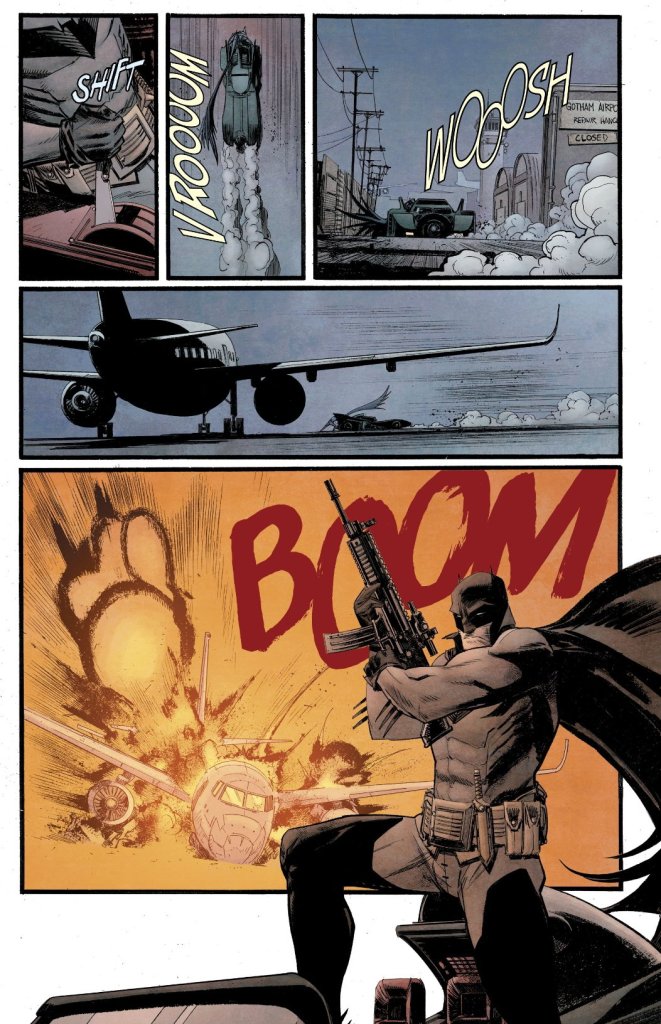
Of course, this is a betrayal of everything Batman is about and Azrael even acknowledges Bruce’s “No Killing” rule as the bullets bounce off of his armor before easily gaining the upper hand on this desperate Batman. Azrael then holds him by the collar of his cape and thoroughly dresses down Batman’s mindset for this entire fight, comparing the struggles of Bruce’s war on crime and futile search for peace as being the same as his own.
Murphy and Hollingsworth draw the scene with a palpable sense of intensity as the fire rages around them while they stand on the debris of the plane and the Batmobile. The shot is pulled out, allowing for AndWorld to utilize the empty space for Azrael’s monologue while the hot oranges paint everything around them. As Batman fears his own end, Murphy draws him with terror in his eyes and a defiant gritting of his teeth as he tells Azrael to “go to hell,” for saying that they are one in the same and threatening to flood the city before Dick’s car barrels into the villain and causes another explosion.
Initially, I questioned why Murphy decided to invert the timelines of Jason and Dick as Robins, but this book understandably gives good reason. One of the things that Dick had been dealing with over the course of both of these stories is his conflict with Batman over what the proper course of action should be when it comes to Gotham. He’s been Bruce’s biggest critic when he was destroying Gotham and didn’t want to be another casualty like Jason was, so he joined the GTO to stop Batman.

Murphy draws on this when Dick confronts Batman on his recklessness and Batman recognizes that everything he’s done, including adopting Dick and dragging him into this never ending battle all played a part in ruining his life as well as the lives of everyone close to him. Jason’s dark cloud has always hovered over Dick, but with tears in his eyes, he tells Bruce that he still believes in him and that he needs to end this fight as Batman, not as Azrael. Hollingsworth lowers the intensity of the orange backgrounds to make the scene more somber before Batman rushes off to do things the right way.
With the Rapiers of Edmond Wayne by his side, Murphy and Hollingsworth give readers an excellent double page spread of the Batmobile VROOOMing down the streets while various panels of Bruce’s interactions with Alfred, Victor Fries and Jim Gordon remind use that there’s a good man under that cape and cowl, a man that yearns for justice and peace in Gotham City.
Knowing that Azrael plans to flood the city, Batman tells the GTO to shore up defenses and get everyone off the streets as he goes to finish the fight at the Gotham Reservoir and pops out of the Batmobile in an AMAZINGLY heroic pose with double rapiers sans cape, beckoning Azrael to take him in a sword fight. Murphy leans into Batman’s Zorro roots as he chooses to fight with honor, calling out Azrael’s faith, knowing that his sword’s Arabic name is God’s Will and that it is all that a God fearing man like Azrael should need and they duel valiantly.
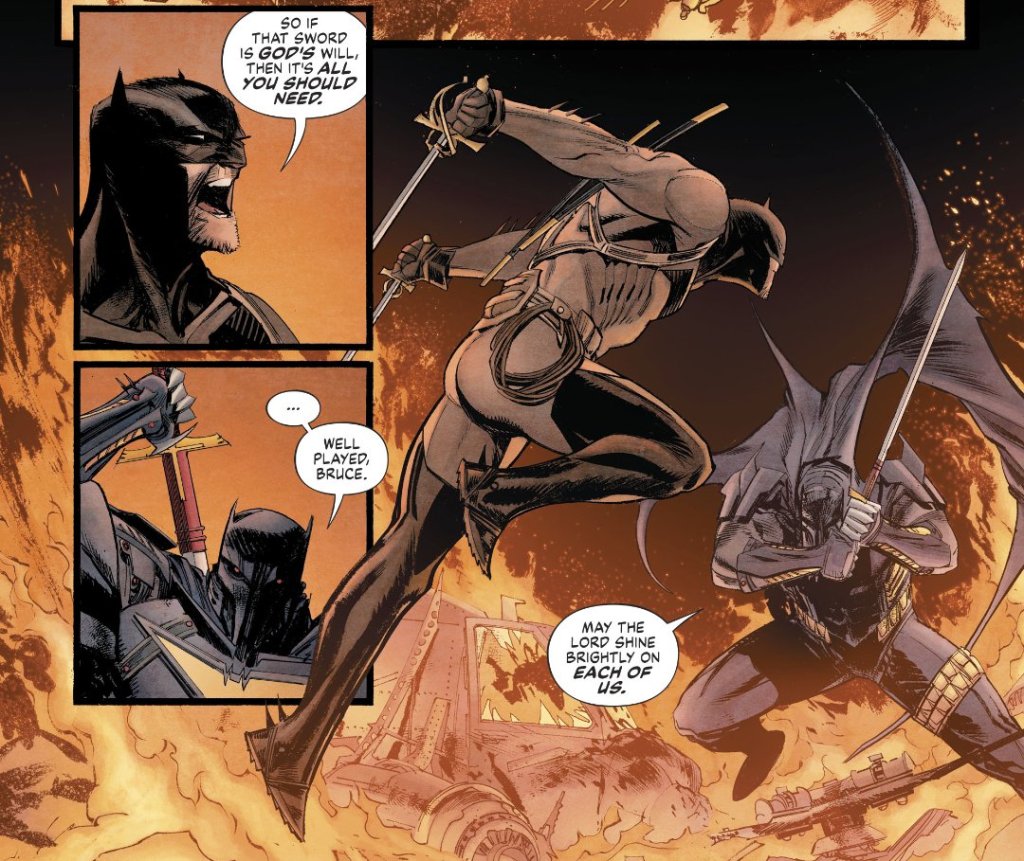
Murphy, Hollingsworth and AndWorld Design give readers an amazing scene of Batman disarming Azrael rather than trying to kill him, removing one of his gauntlets with a deft flick, giving it a “HRRN” sound, removing his cape to get a rapier between his armor with a “WOOSH,” indicating the speed and flow of his movements. Bruce even goes so far as to let Azrael knock the rapiers from his hands so that he could knock the helmet off of his head by trapping it between the “CLINKing” panels of the Batmobile as they close before taking the villains sword.
Azrael, knowing that he’s going to lose and trying to throw Bruce off of his game for a moral victory, starts insulting Thomas and Martha’s deaths, calling them leeches of Gotham’s wealth. This causes Bruce, in a rage, to “HACK” across Azrael’s neck, slitting his throat. Murphy makes it look so sudden, Hollingsworth ratchets up the intensity of the flames in the background and emphasizes Azrael’s blood as it pours out onto the ground, proclaiming that Bruce “eliminated the last Wayne.”
Murphy and hollingsworth treat readers to a beautiful panel of Bruce looking at his beloved city, shadowed in the night sky with orange glows coming from the streets while Azrael bleed out on the boat, Batman quickly decides to suture his throat and use his blood to keep it flowing into Azrael while proclaiming that being the protector of Gotham has always been about more than being a Wayne or a Bakkar. It’s bigger than blood and that’s why Jason Blood gave Edmond’s Journal to Bruce, because Batman was always Gotham’s true hope.

The series then starts winding down with Bruce saying his goodbyes to Dick and Barbara and the rest of the GTO with varying levels of banter. Even Harleen has a moment where we think she’s going to drive Bruce away as he allows himself to be arrested for his vigilantism, but he convinces her that she’s done all that she needs to and that she saved his soul when he was at one of his lowest moments just like he did for her after leaving The Joker. It’s sad and sobering, especially as these scenes are given a blue hue and these characters have a mutual love and respect for each other.
Murphy also drops in some political commentary at the end where the City of Gotham argues over Bruce giving away all of his fortune to the City and whether or not it goes far enough or veers too far into socialism. While this particular White Knight story has been focused on the heroism side of Batman, I might have liked more of this commentary throughout the book, much like it was focused on in the original series. Though, who’s to say that that’s not where Murphy is going as this book ends on something of a cliffhanger with a SURPRISING reveal.
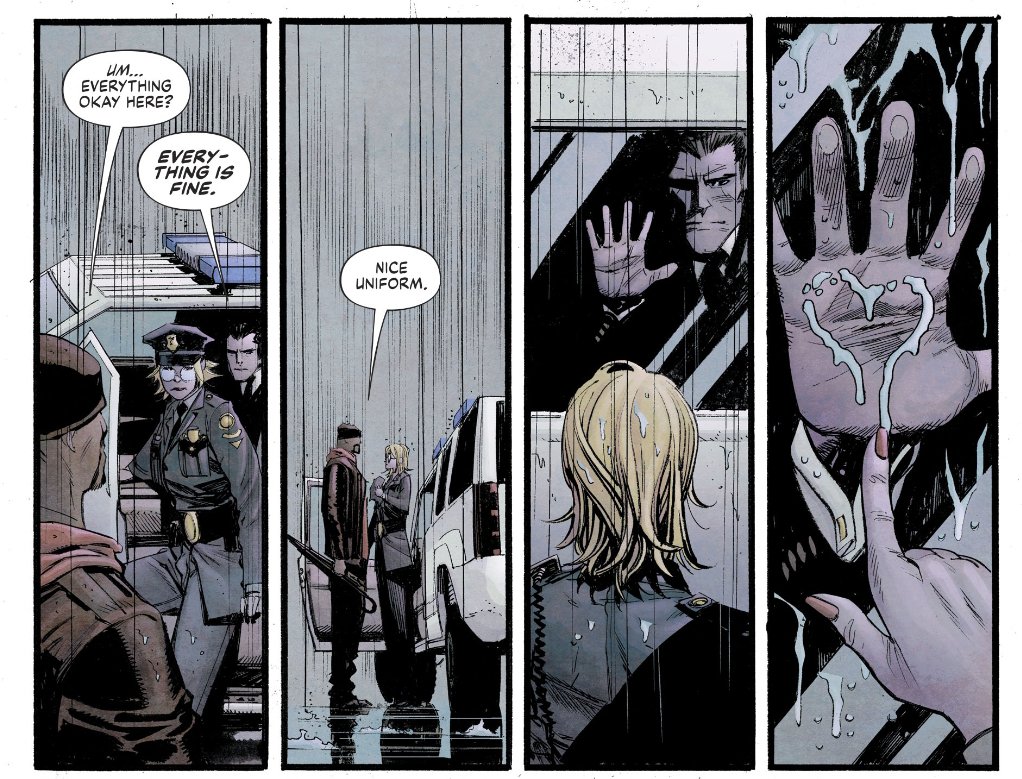
For the end of such a phenomenal book, I can gladly say that this was absolutely worth it. From the compelling story, to the amazing art, coloring and lettering, almost everything about this was perfect in every way. I really enjoyed seeing Batman’s journey from angry vigilante to true savior of Gotham and the dichotomy between him and Azrael as an angry war veteran. Knowing that Sean Gordon Murphy has been given free reign to start his own White Knight Imprint, I’m ultra excited for what the future holds!
